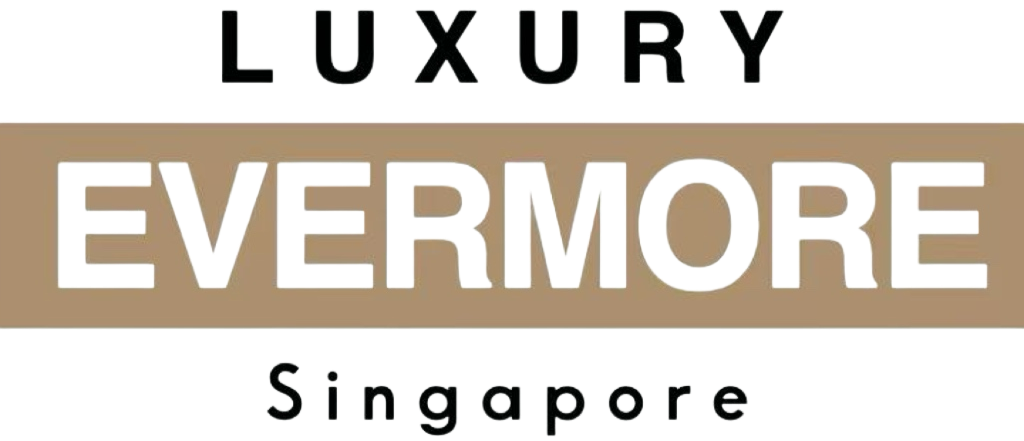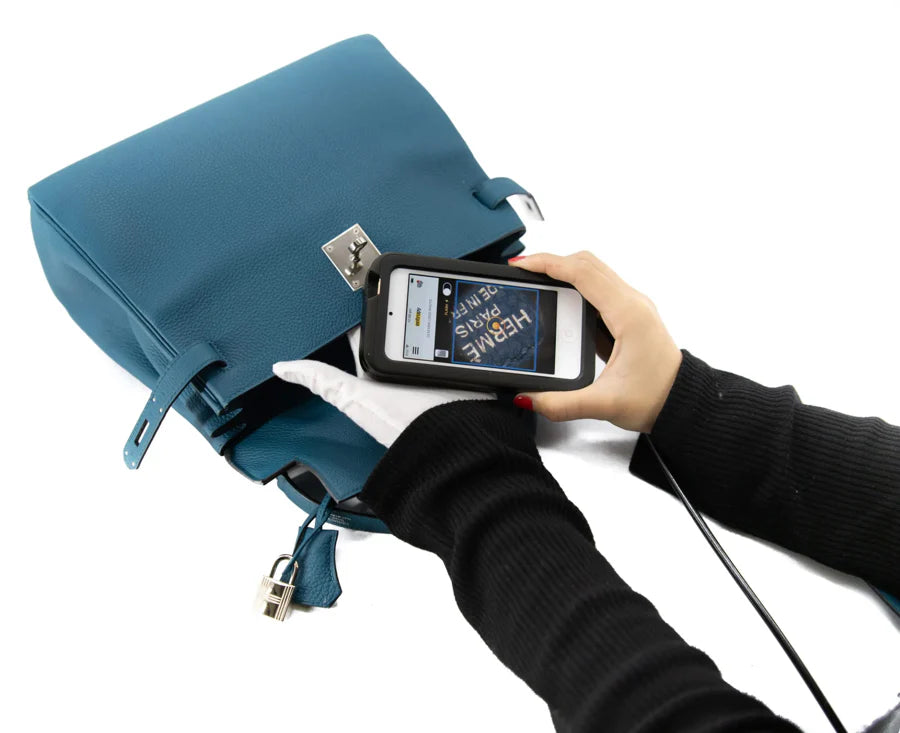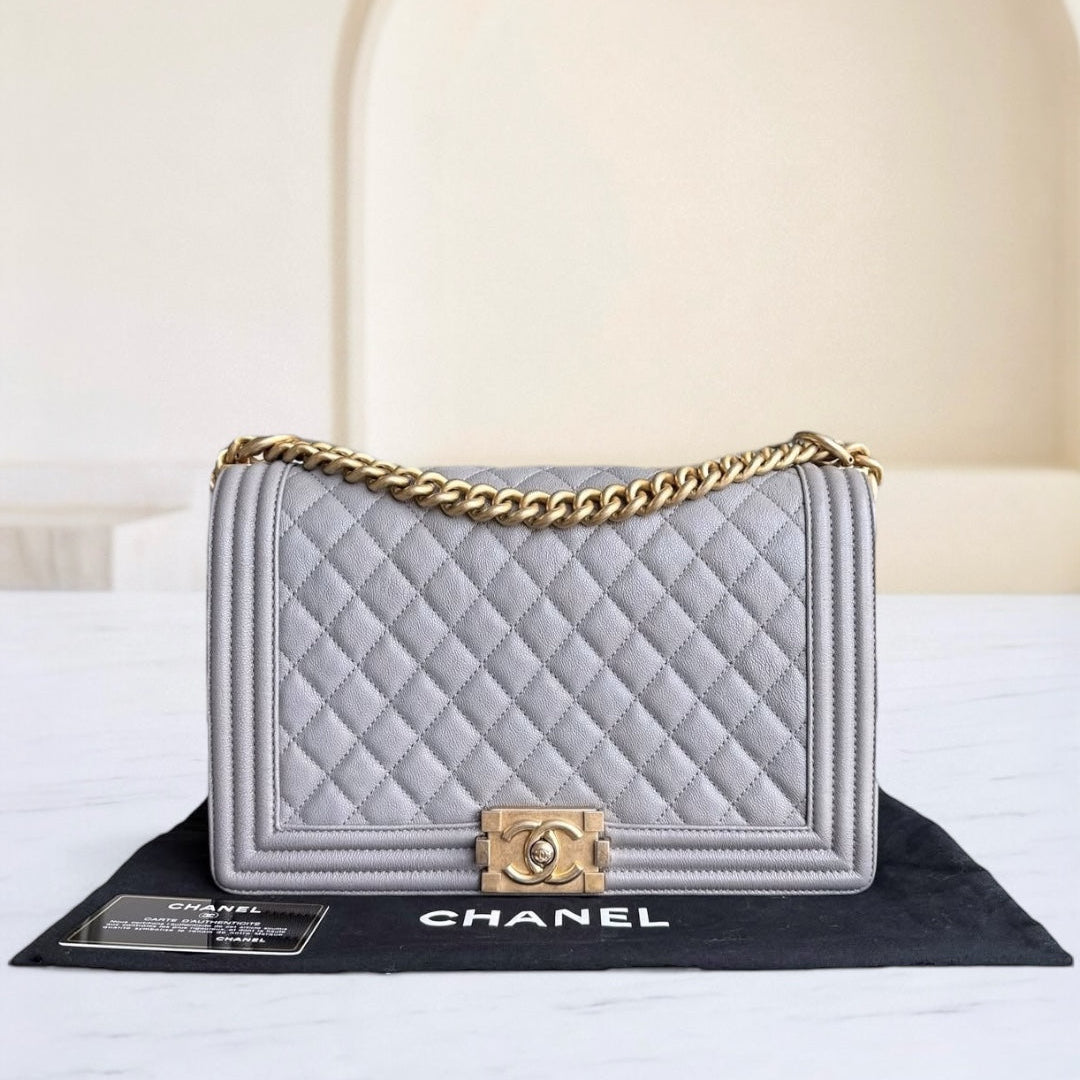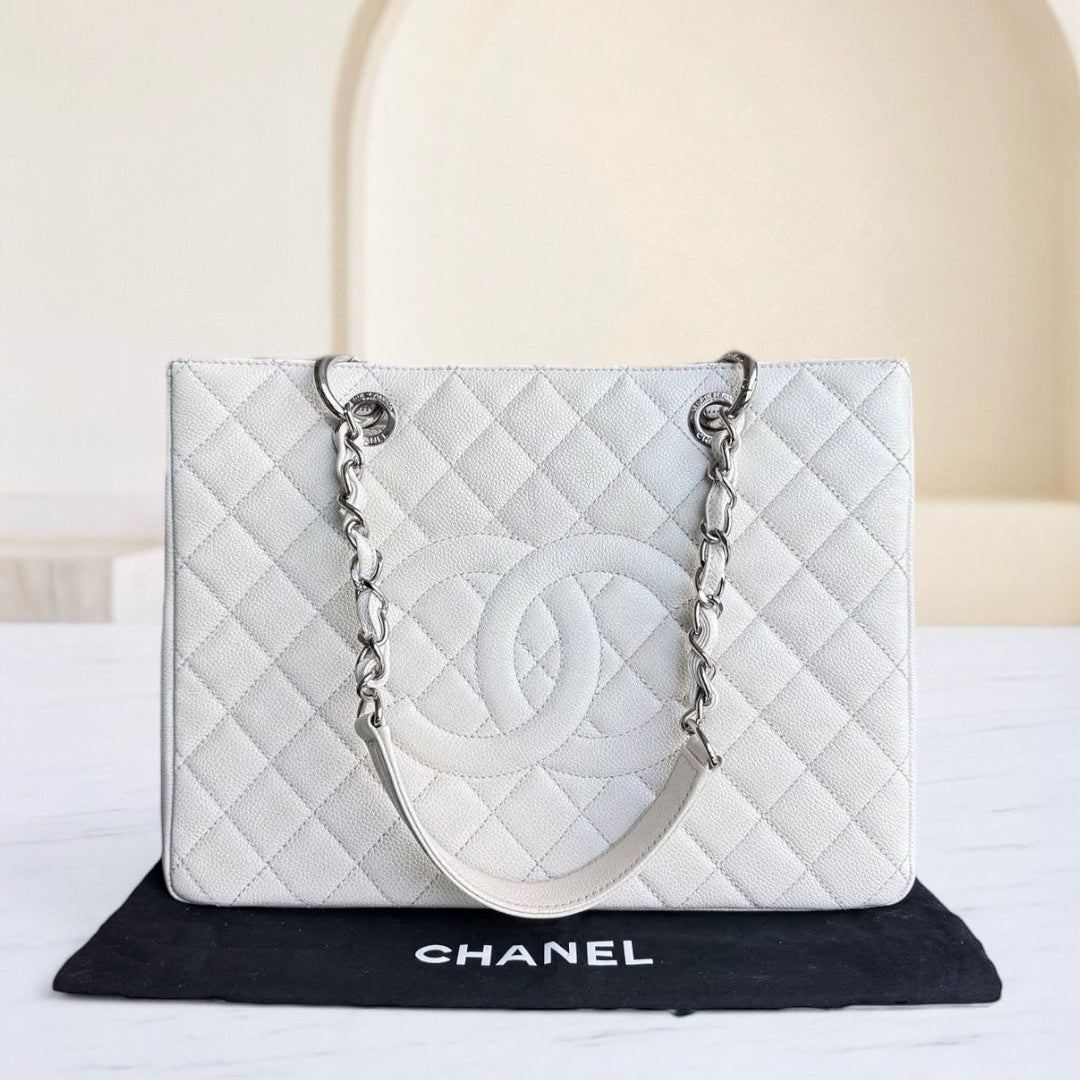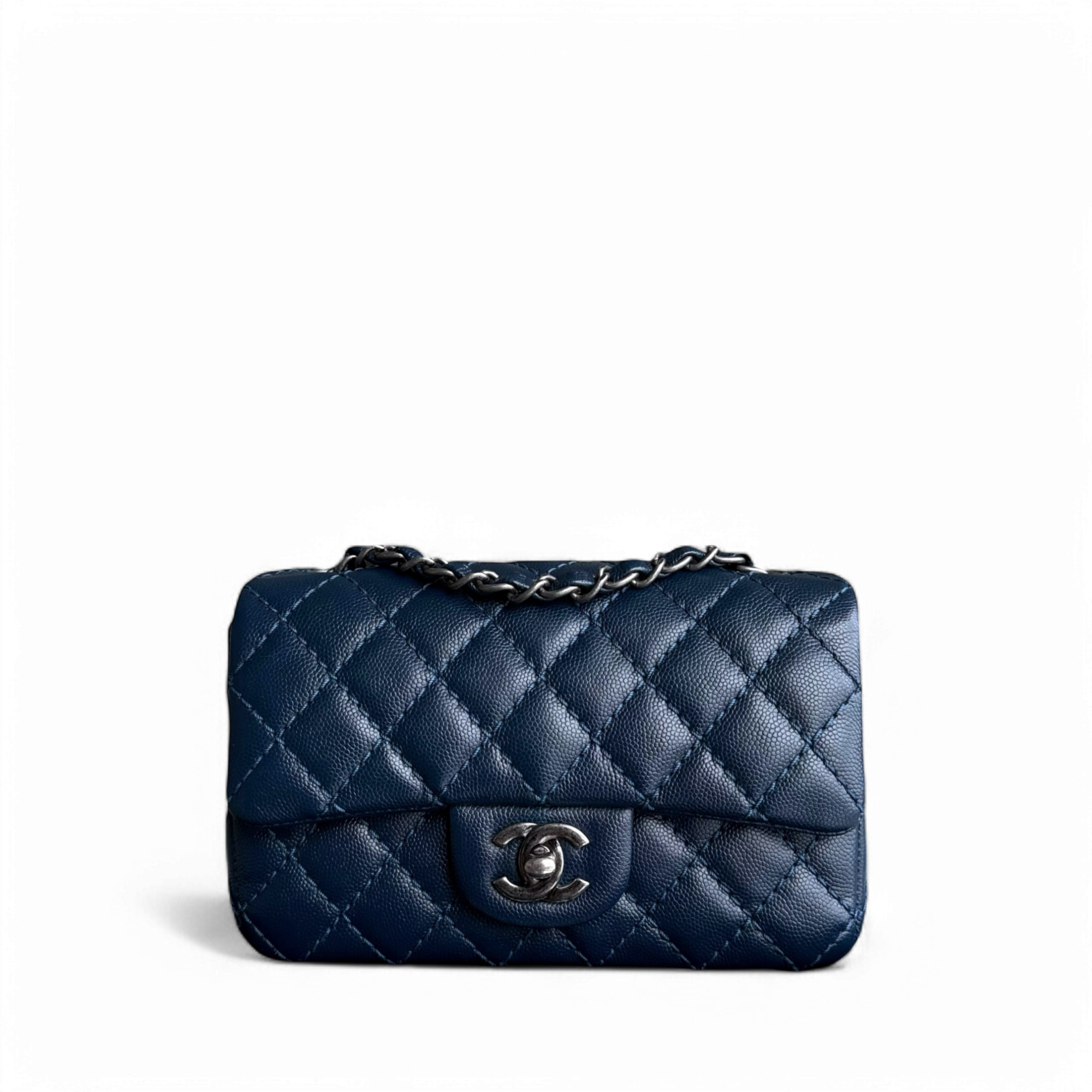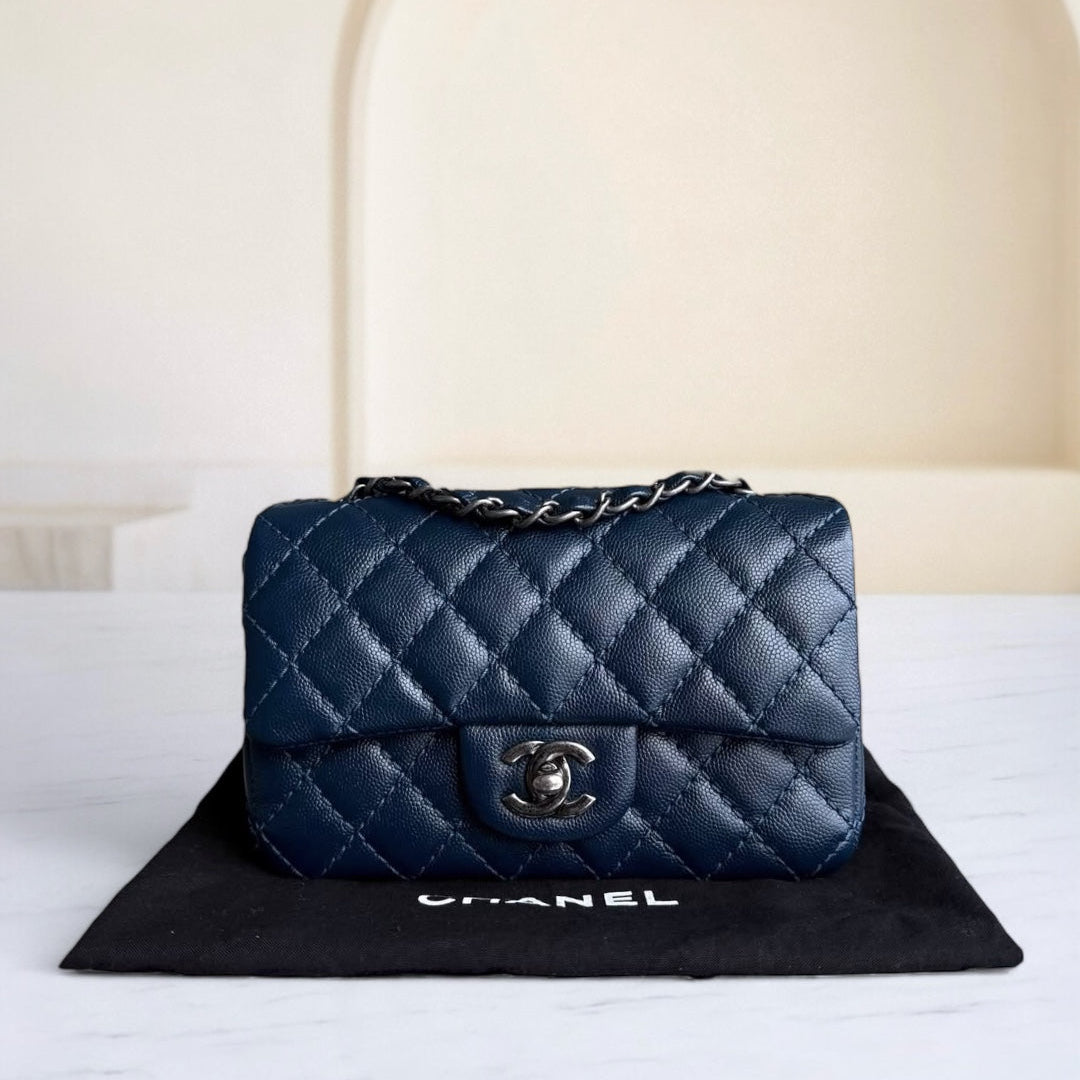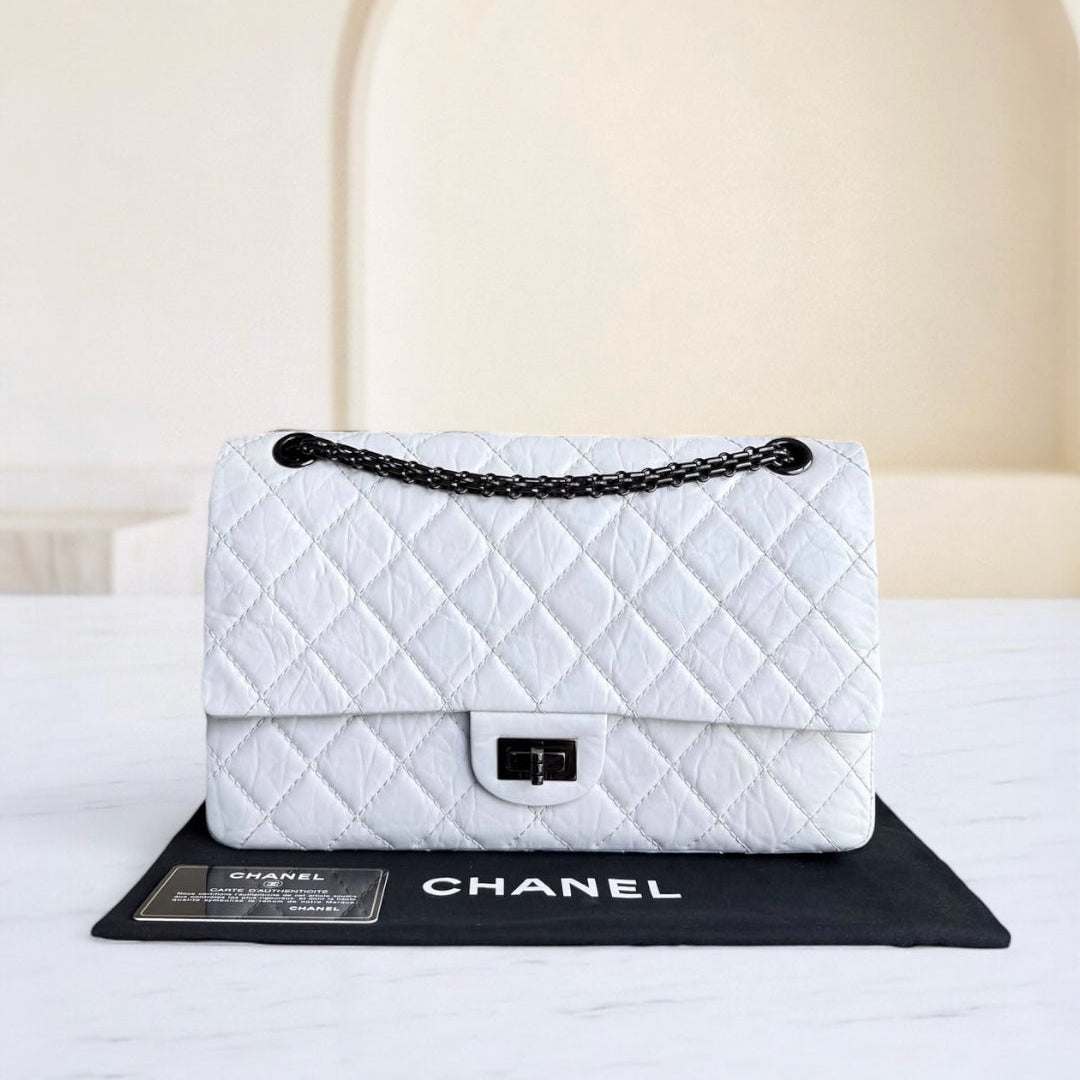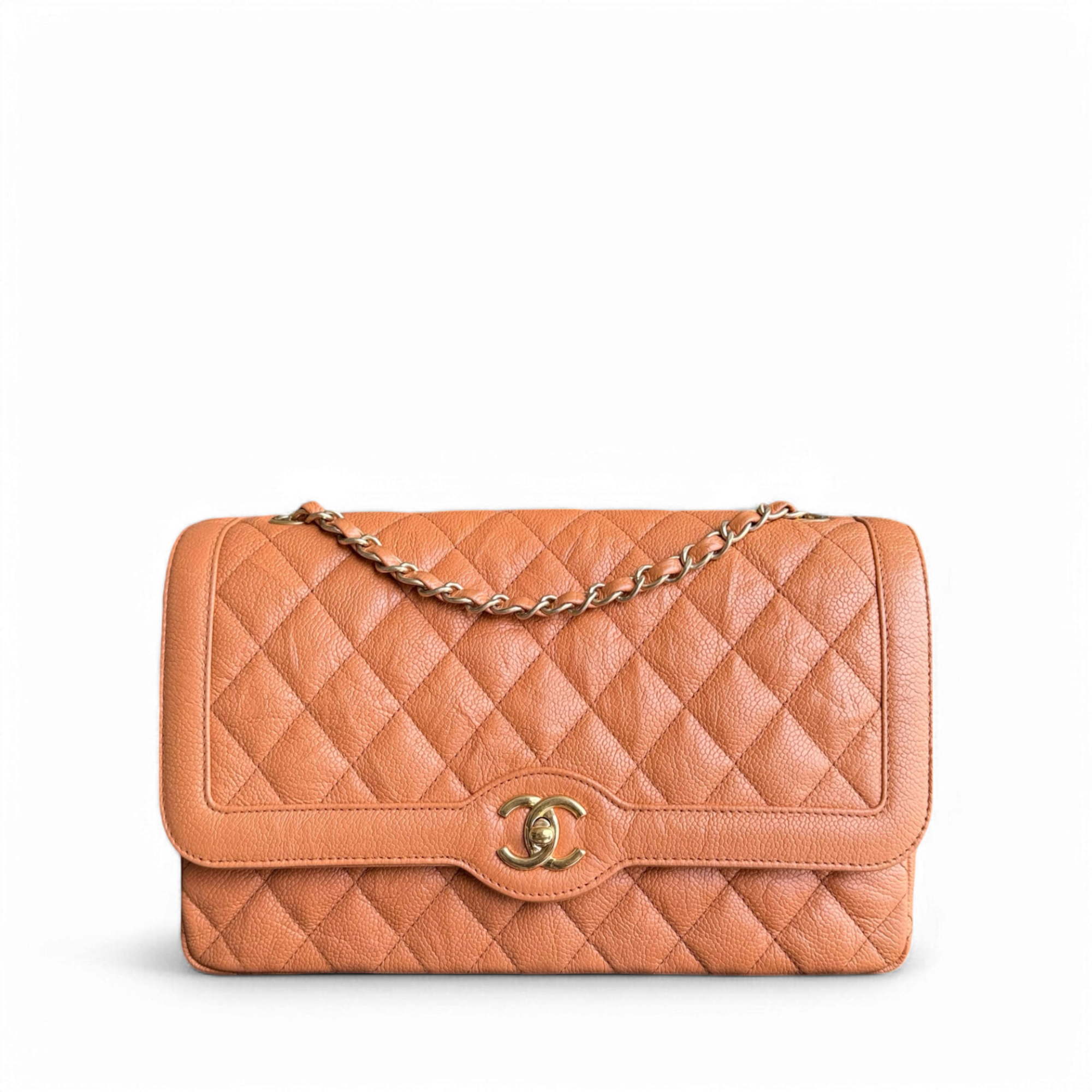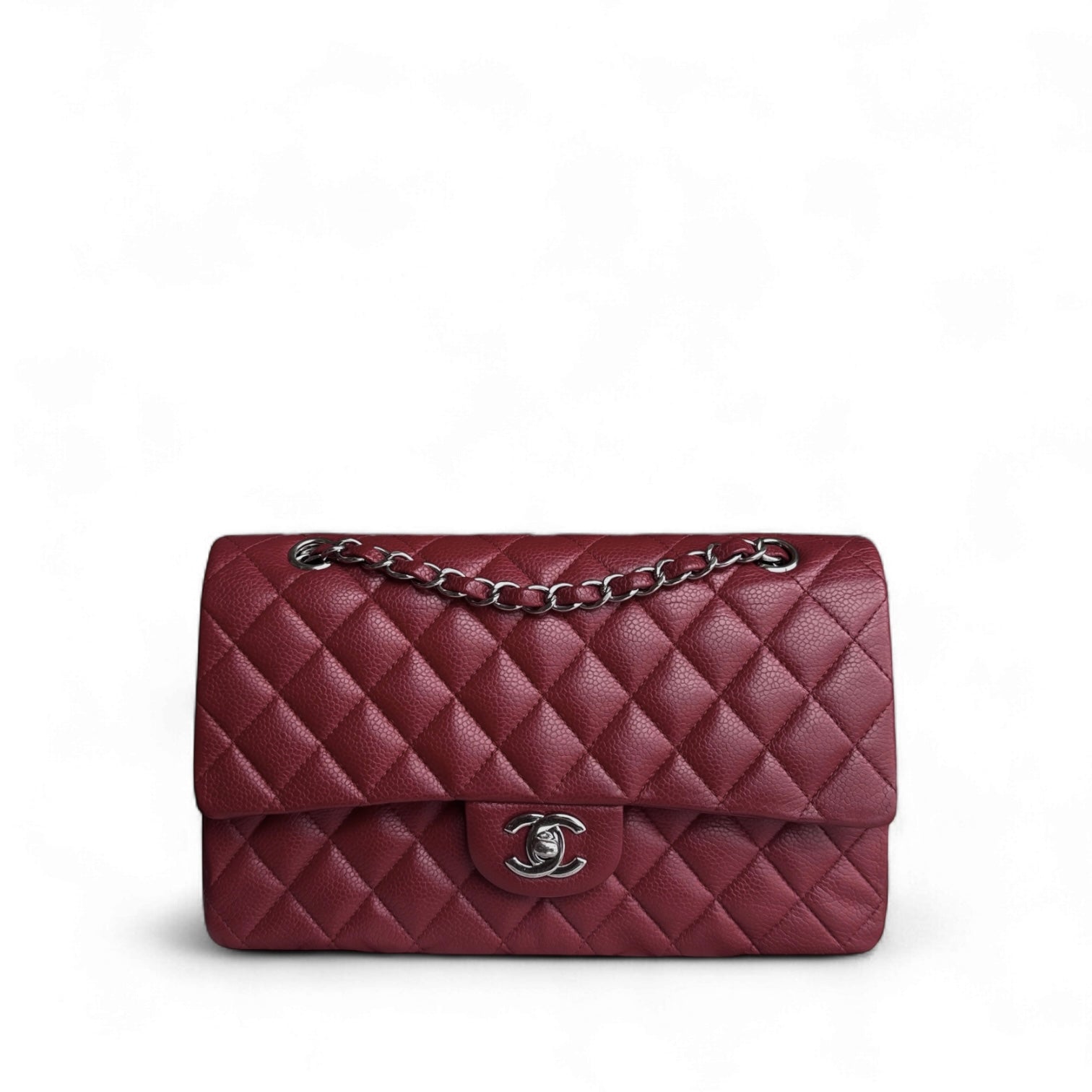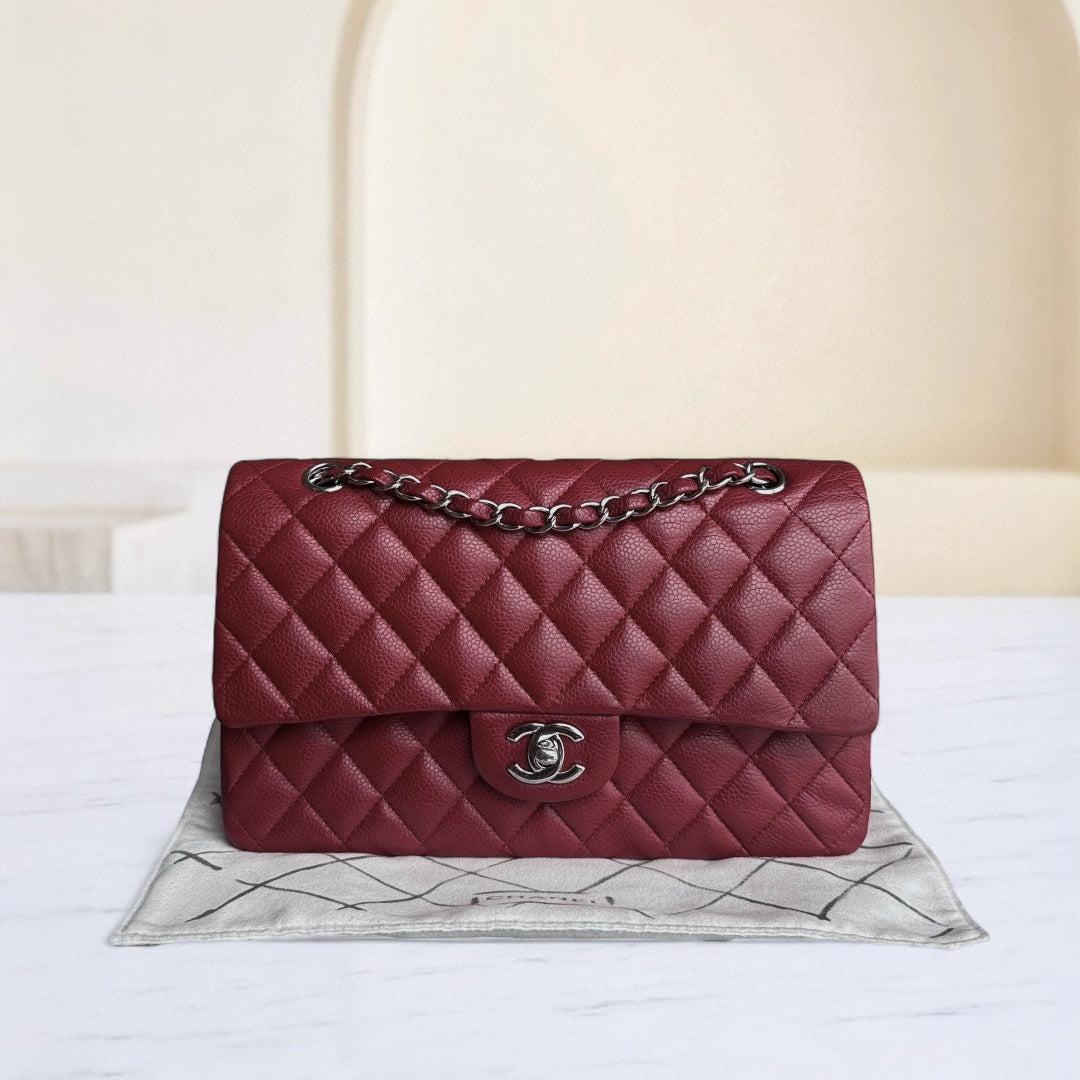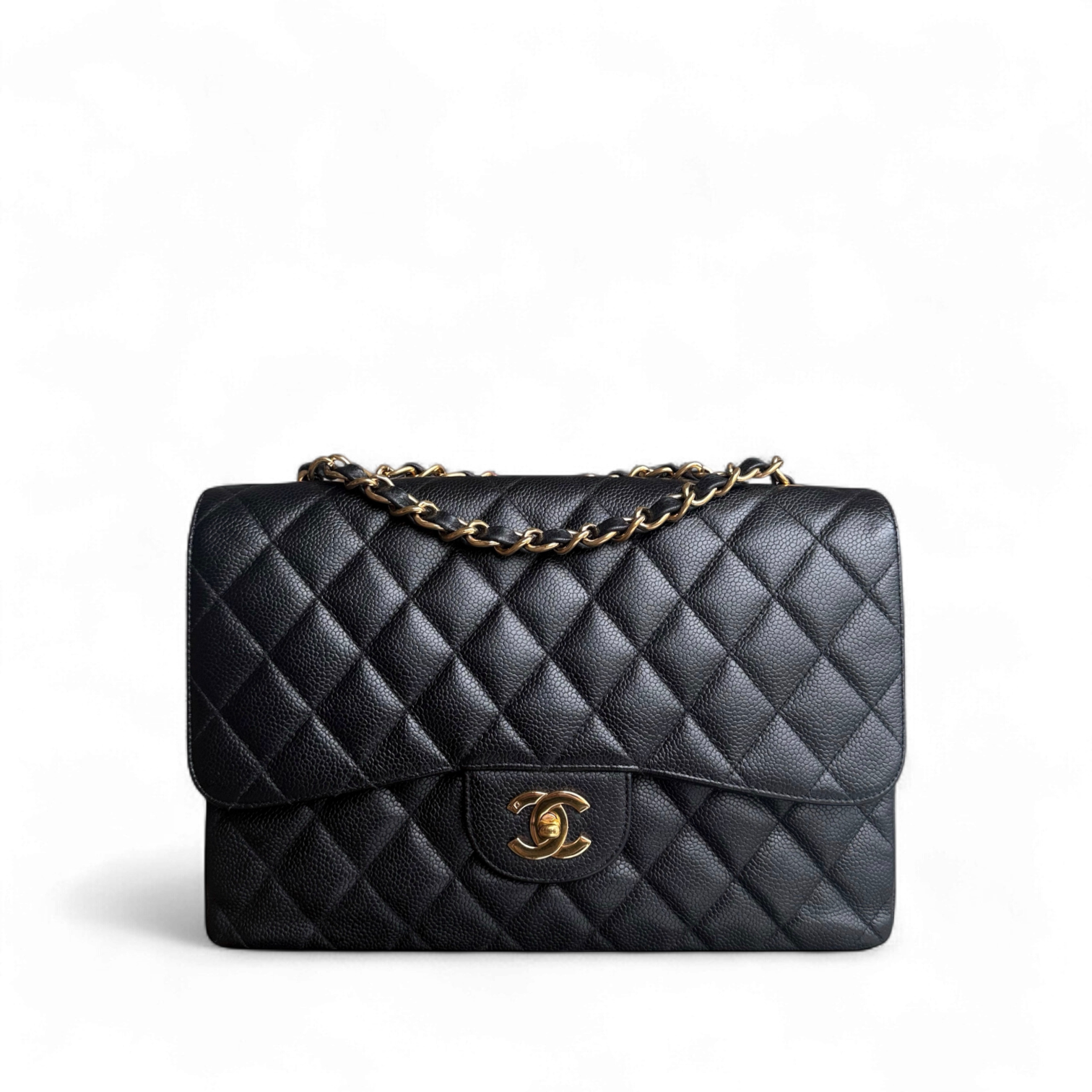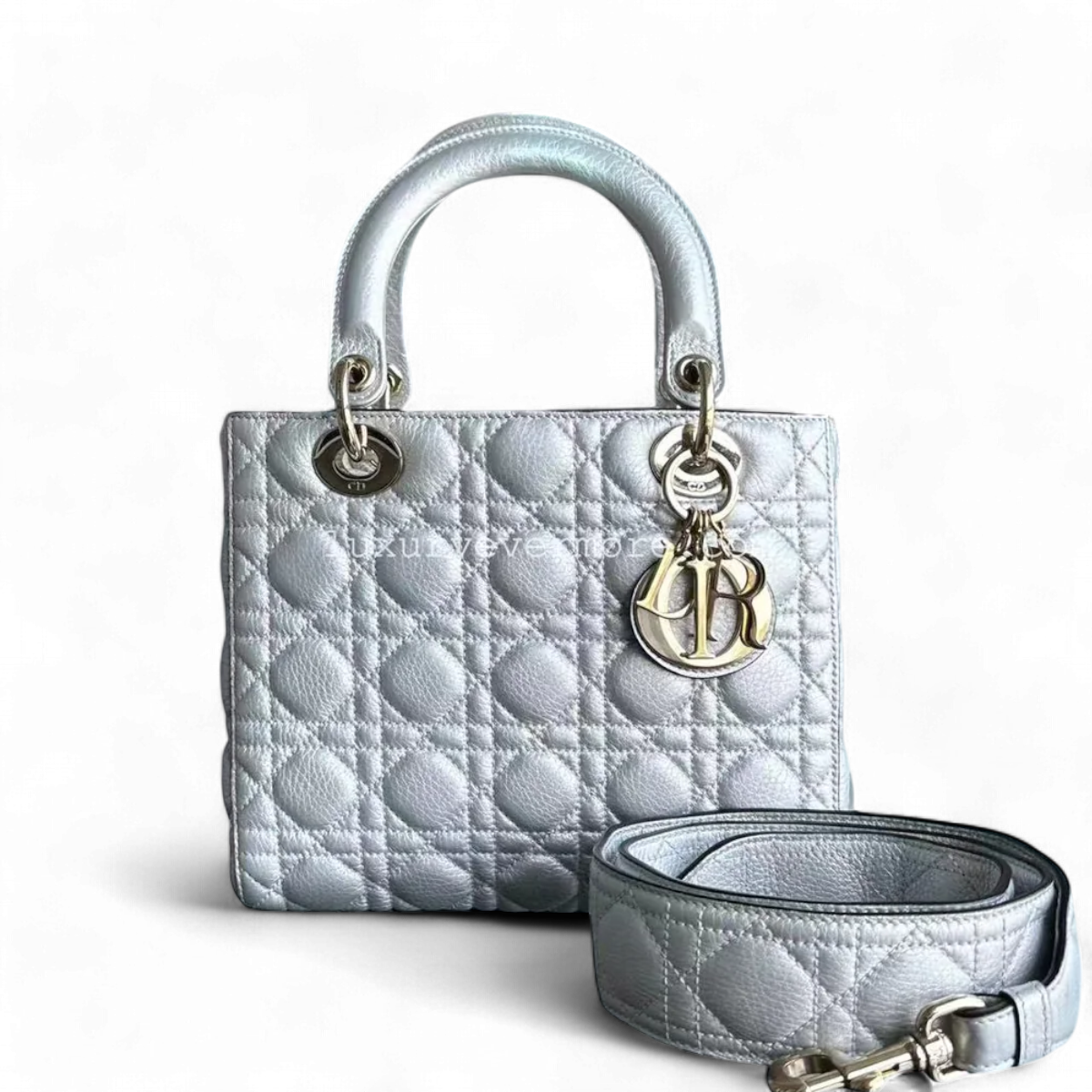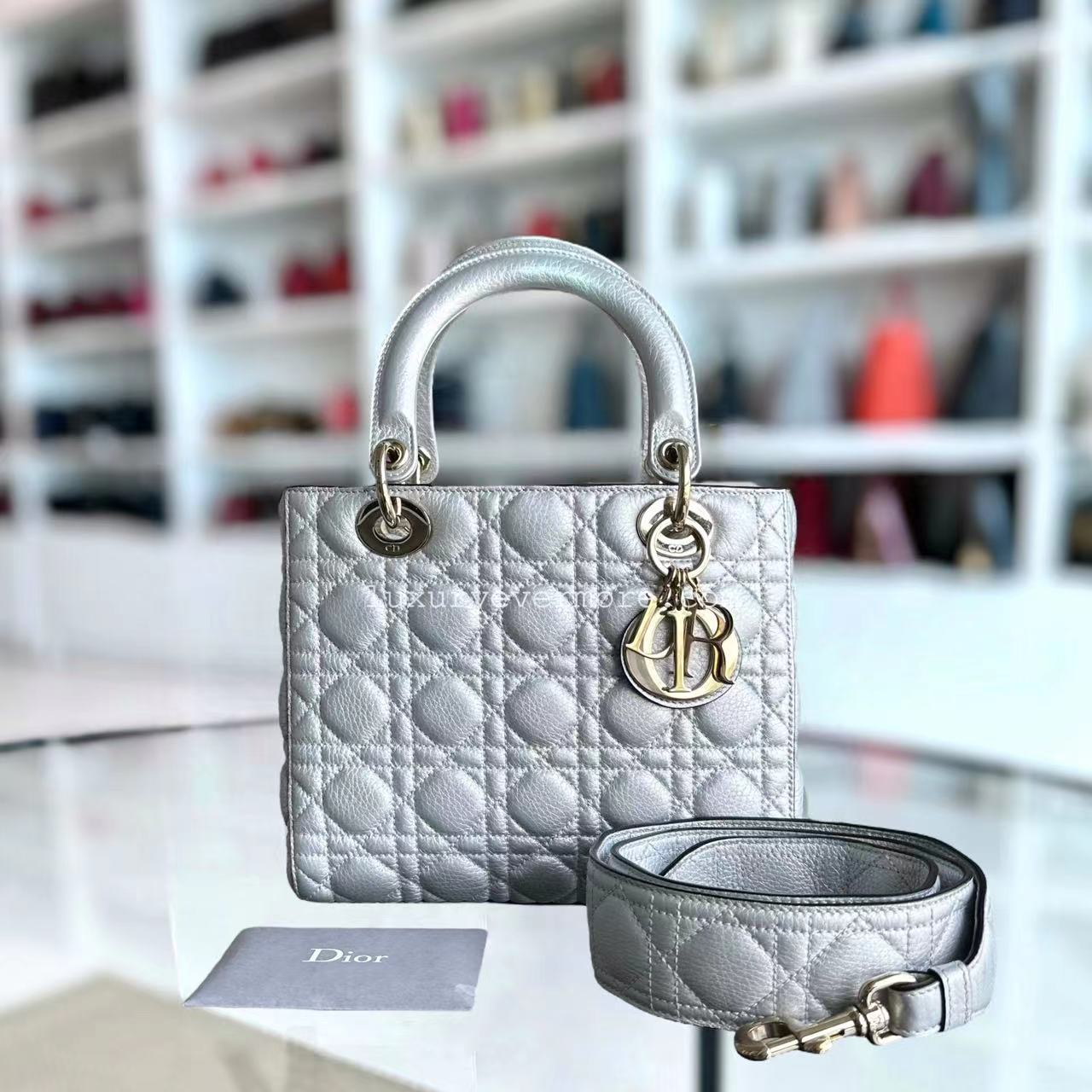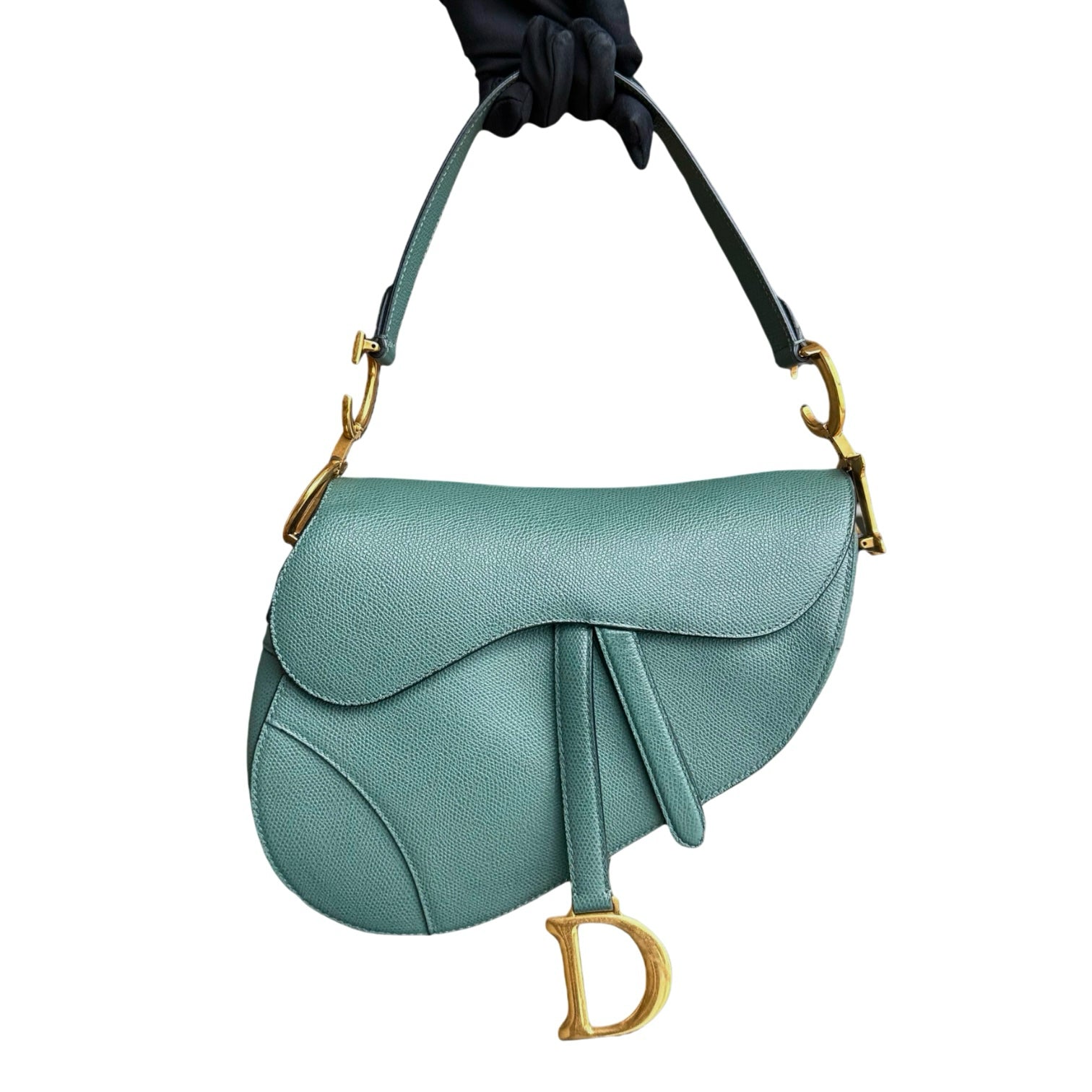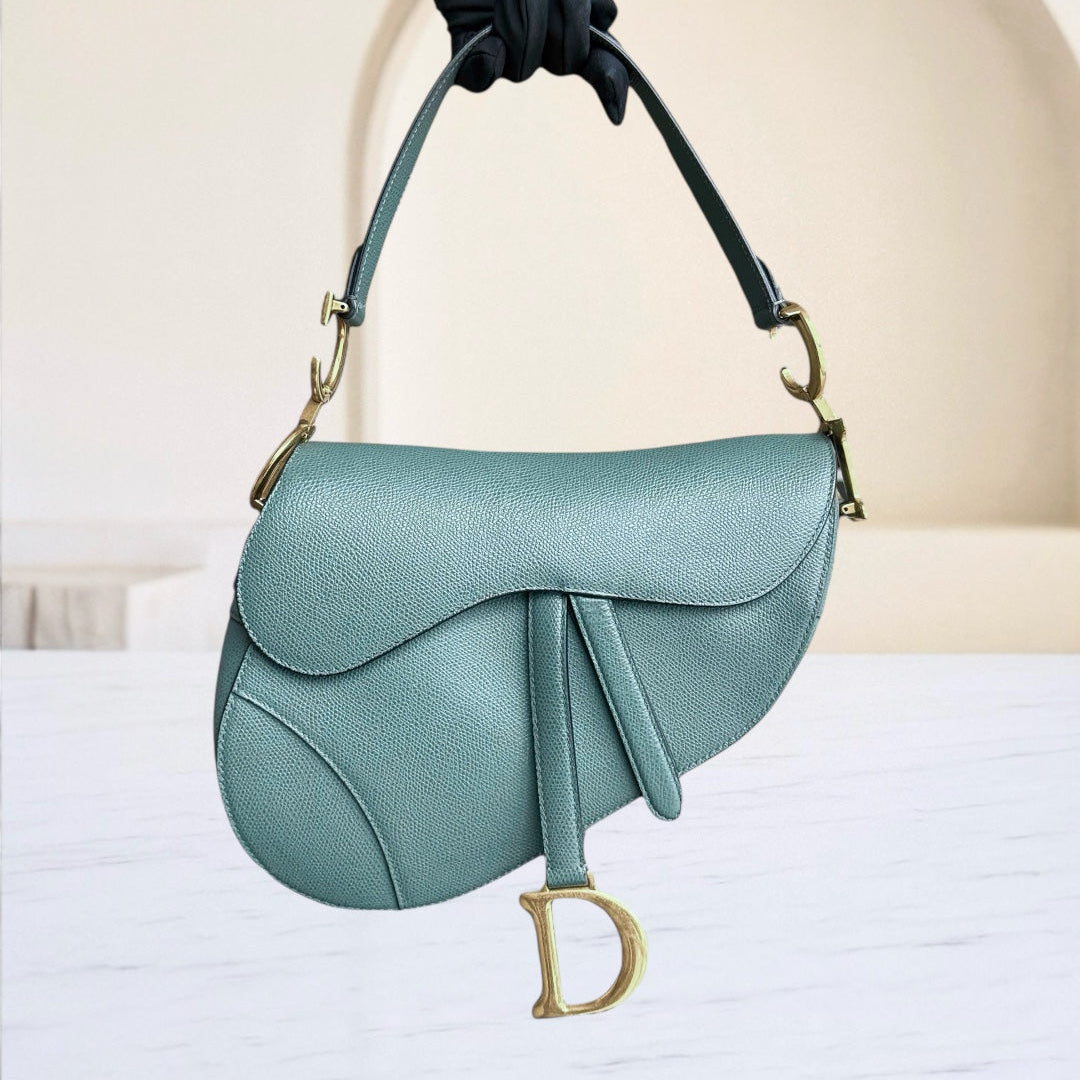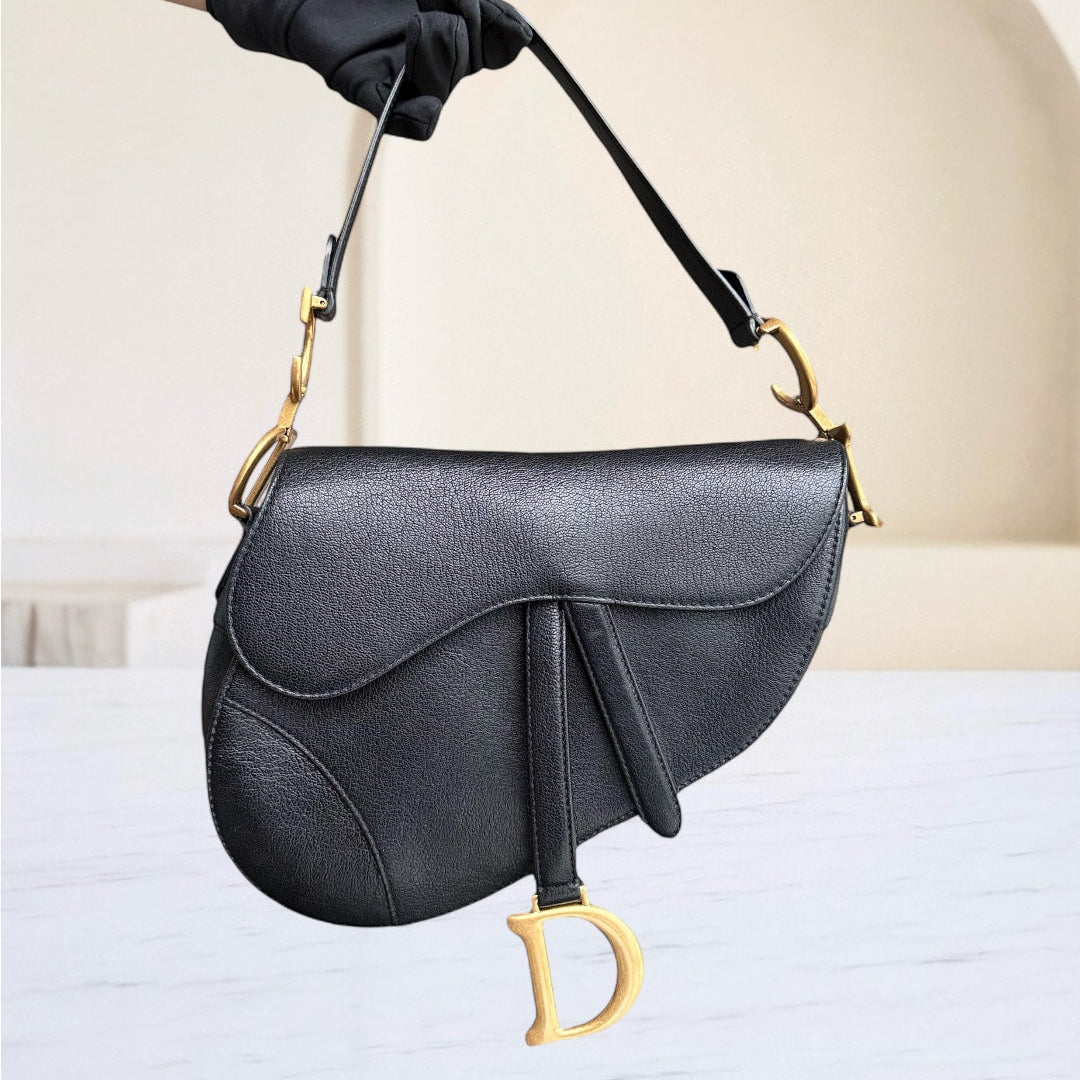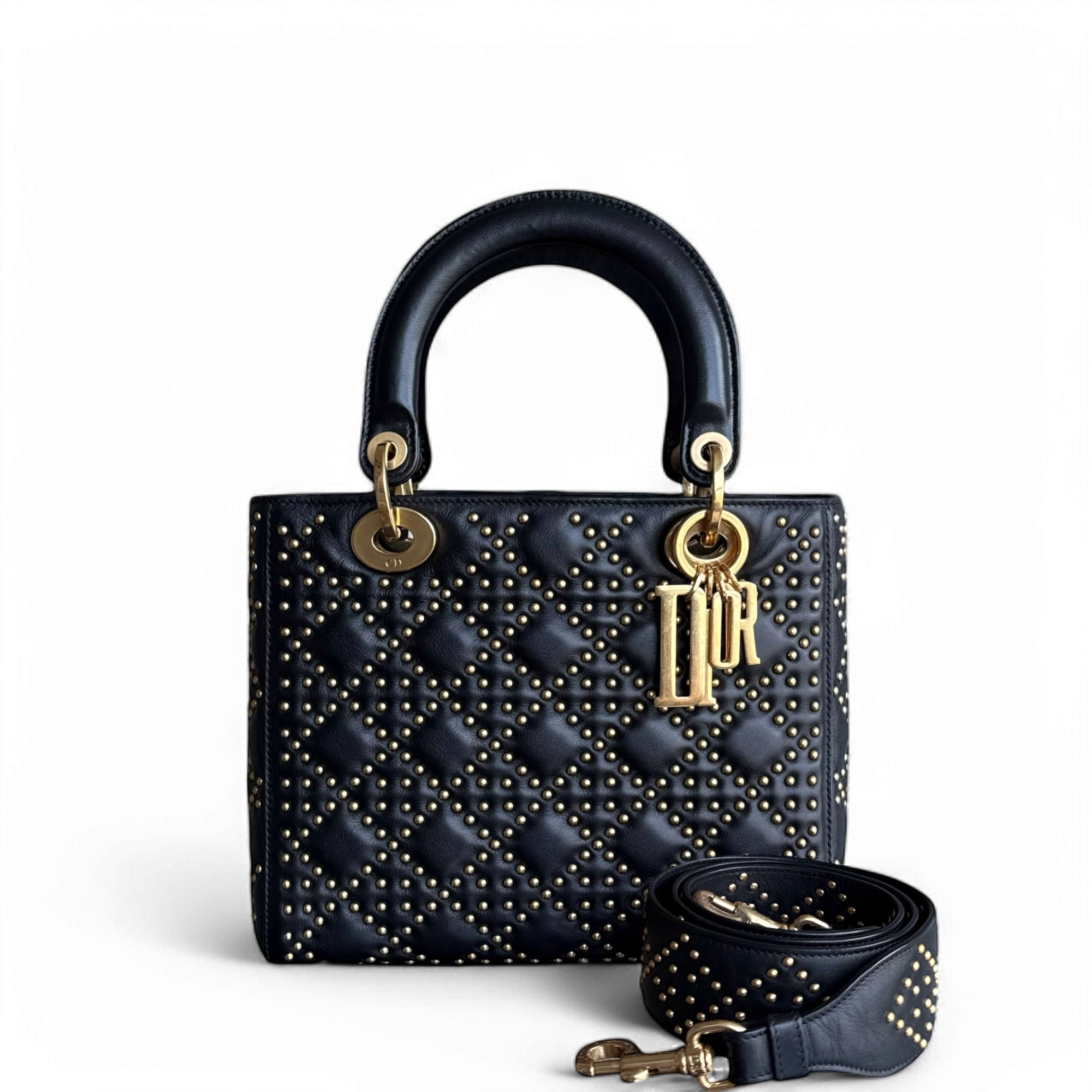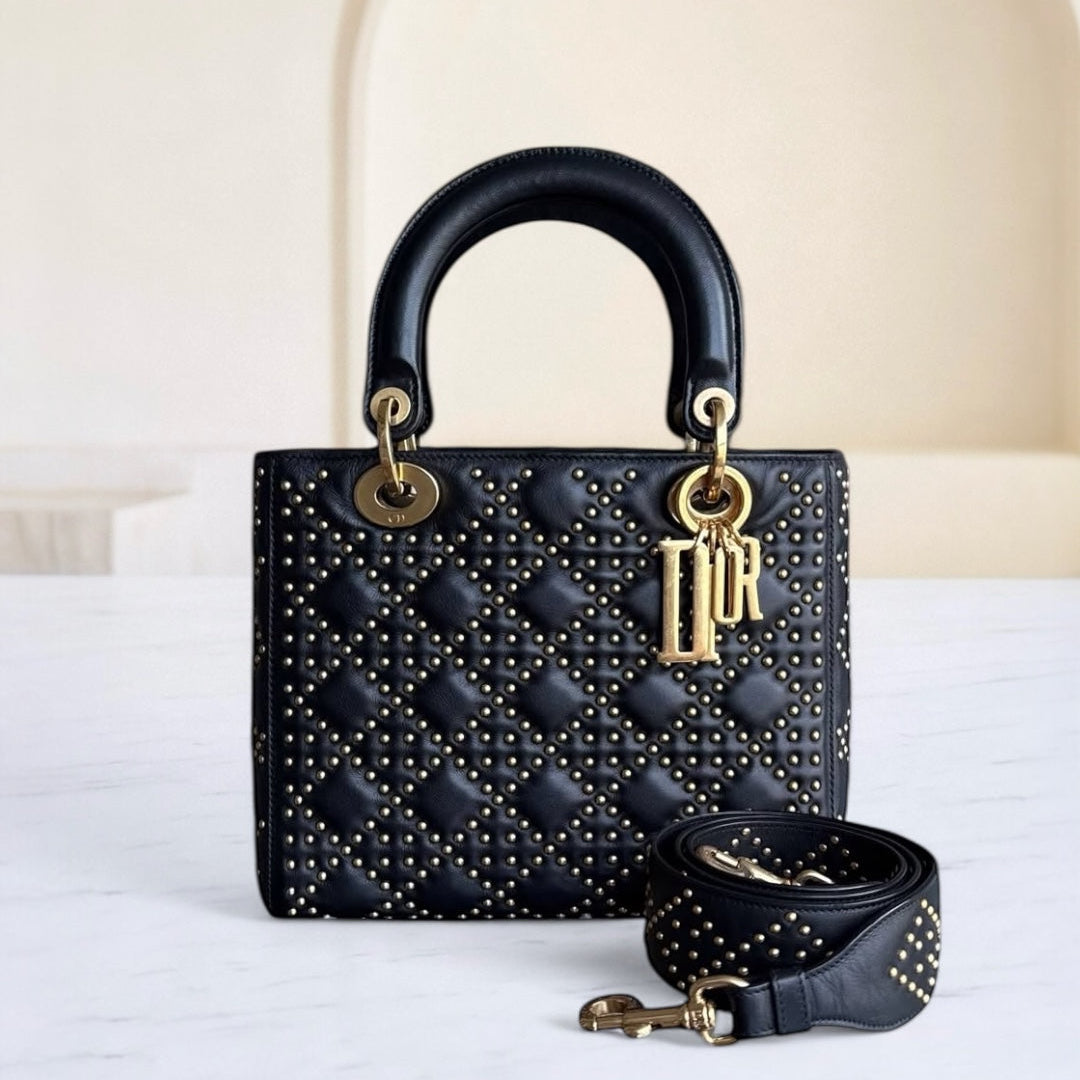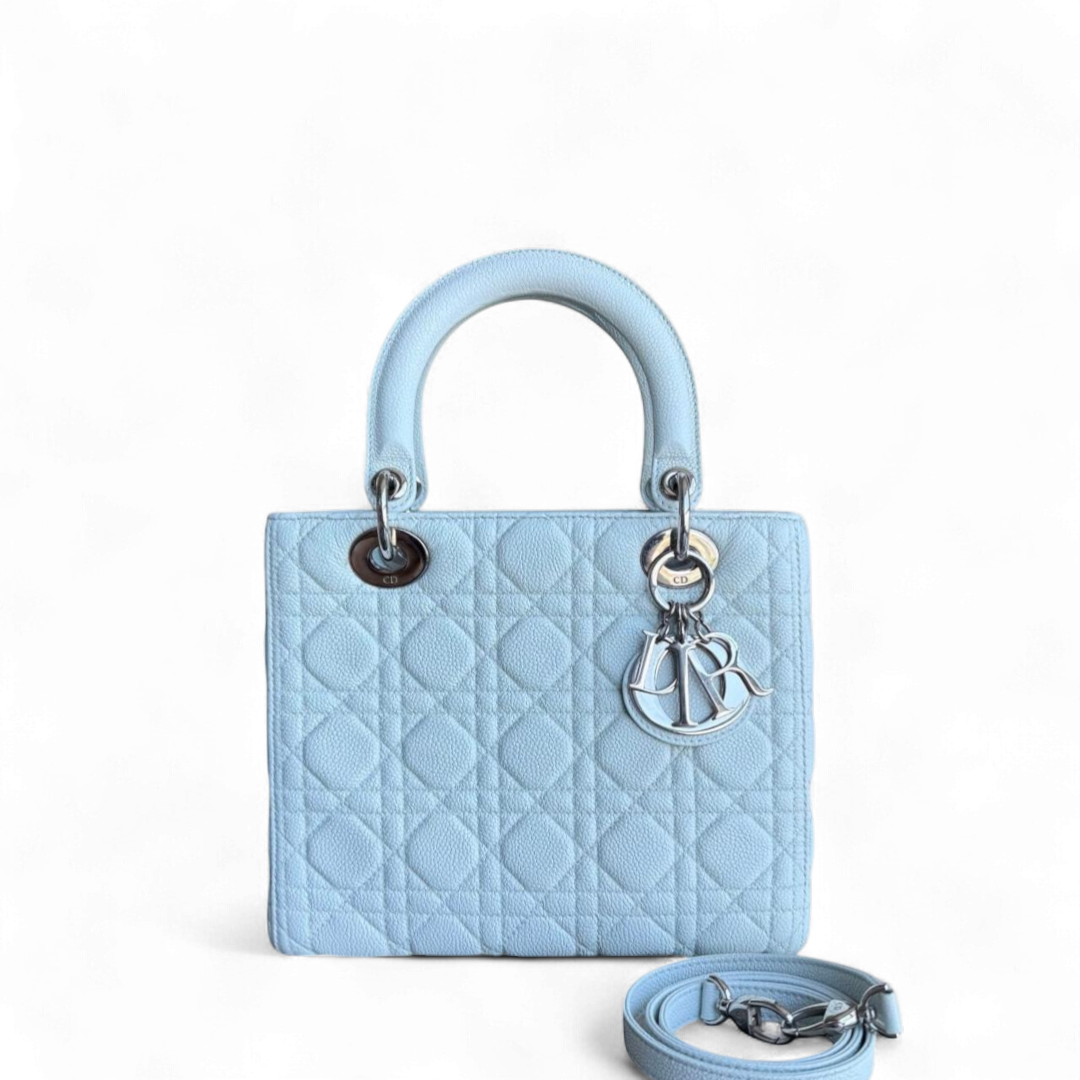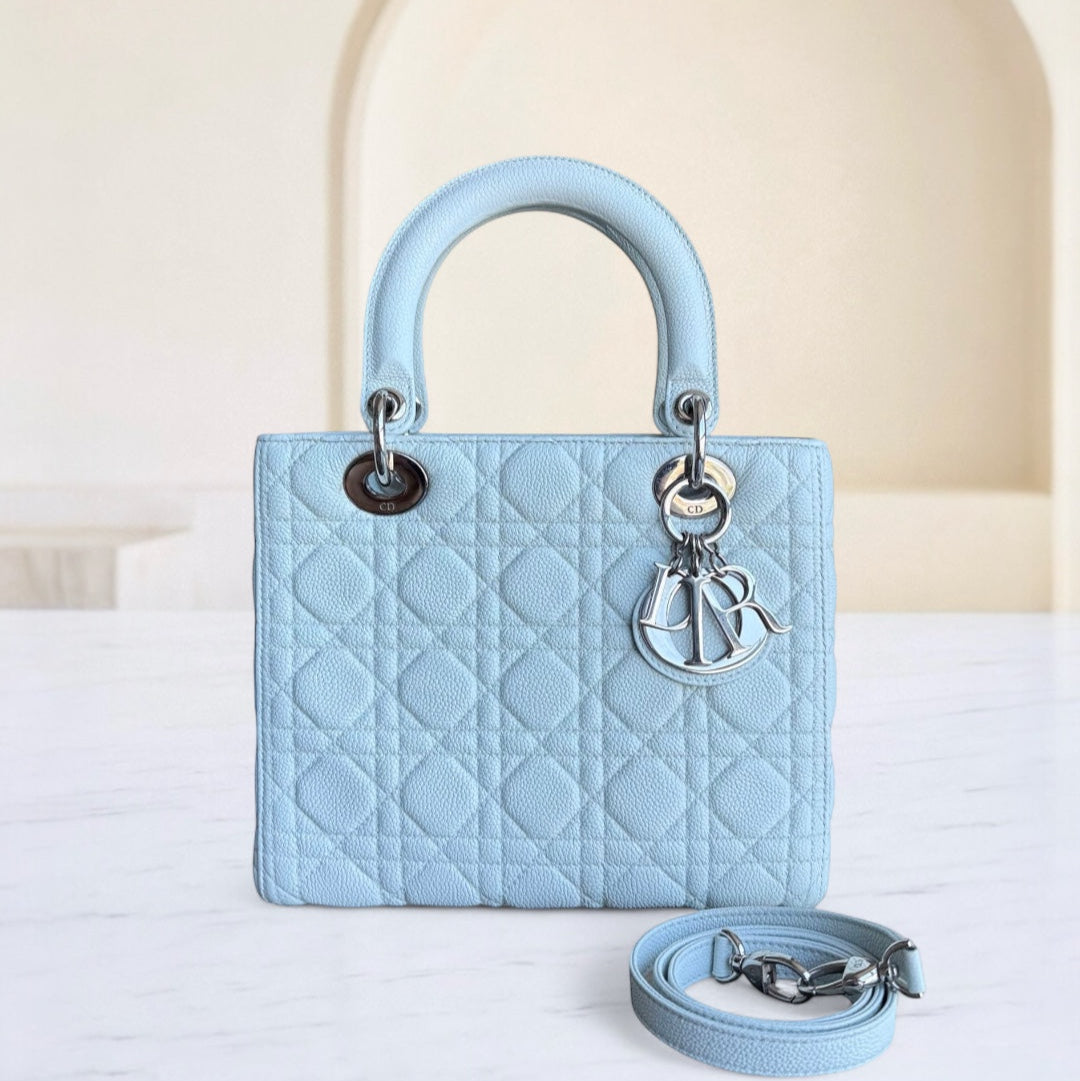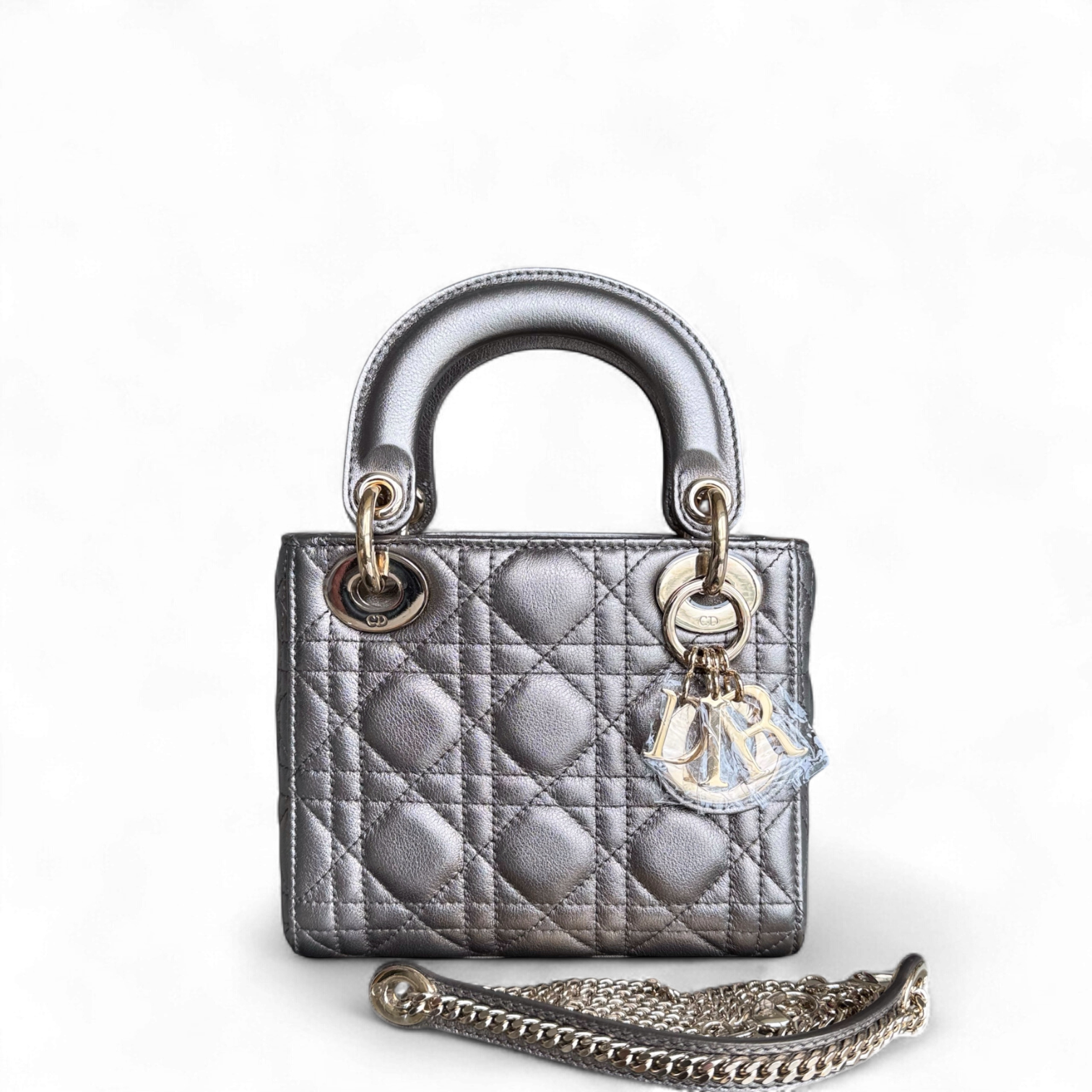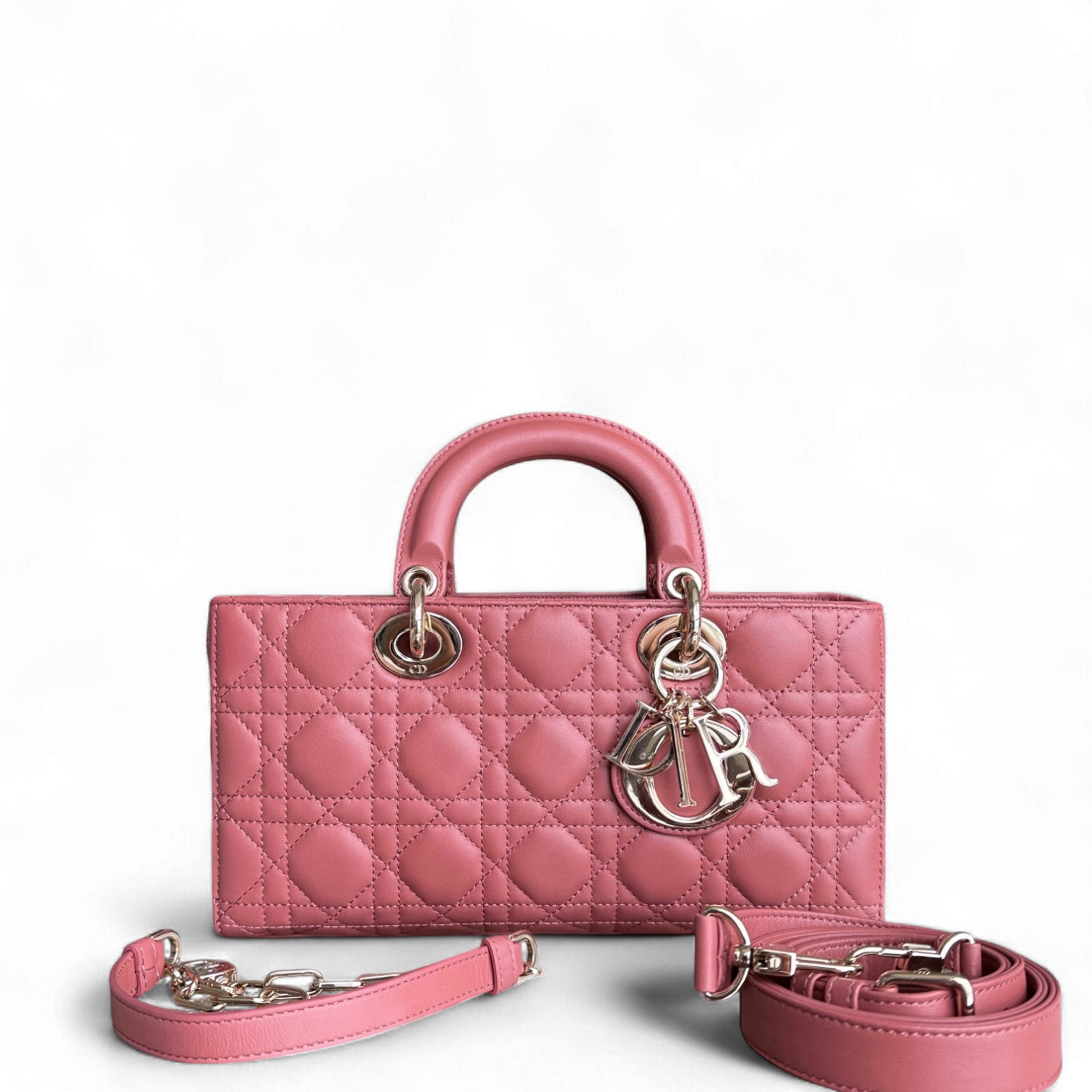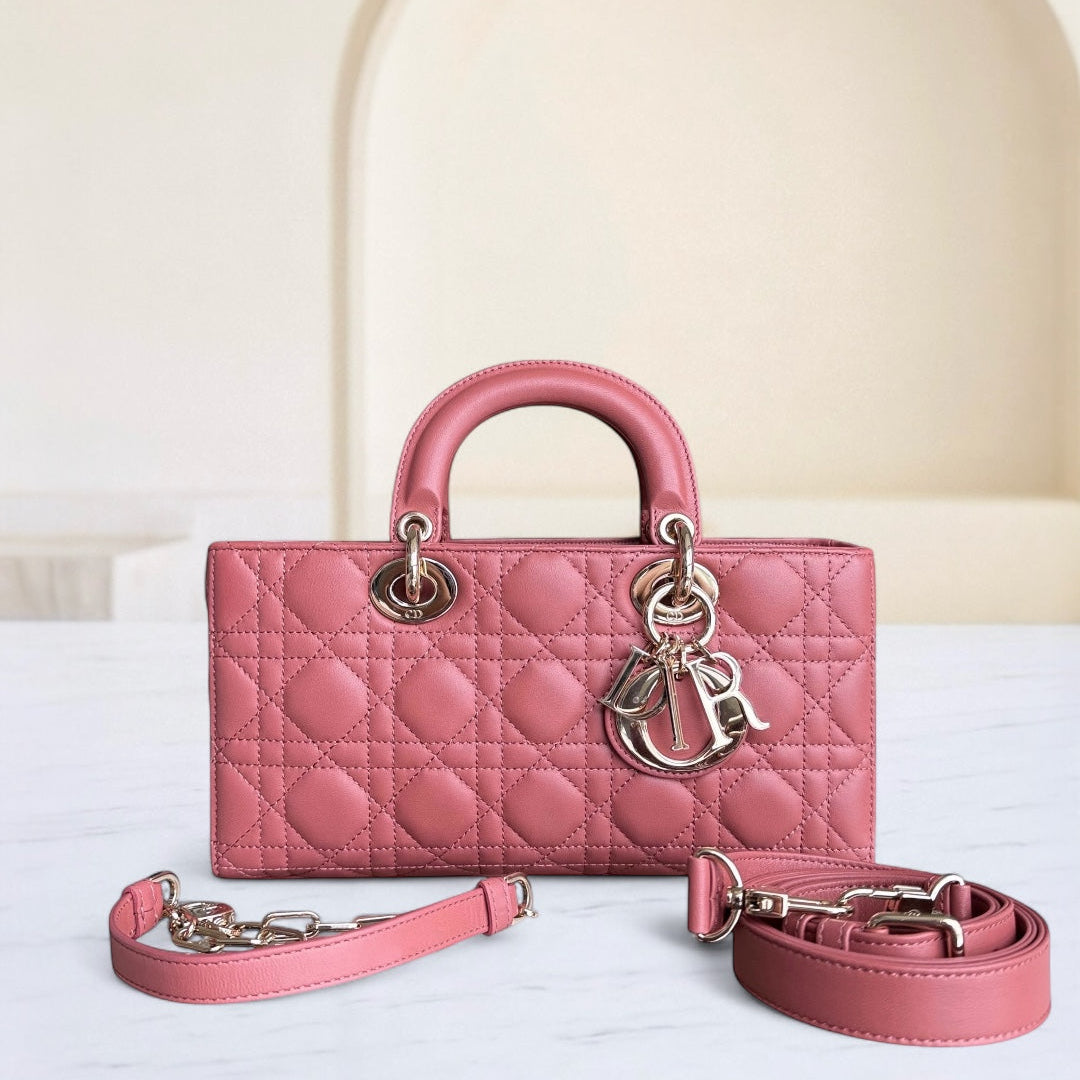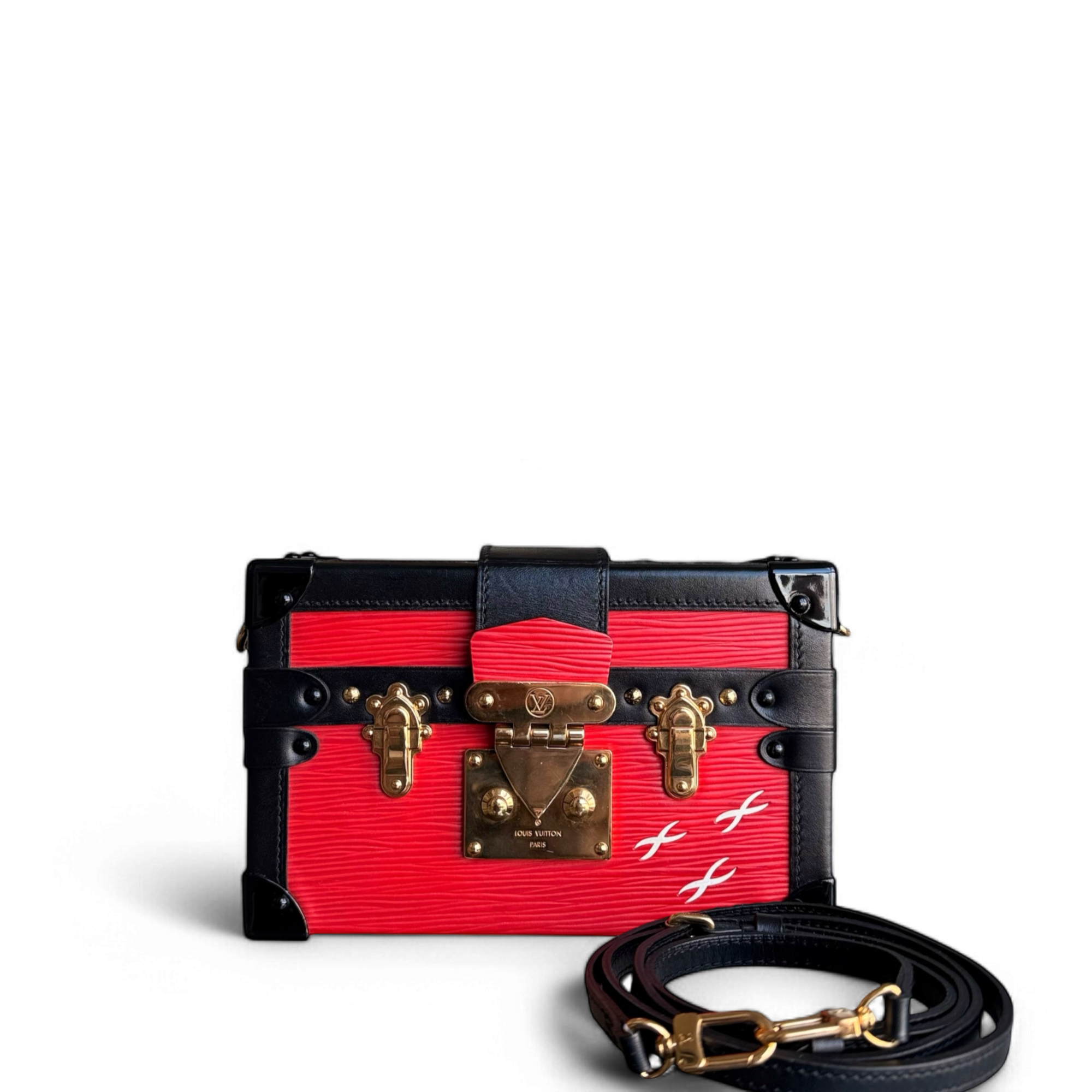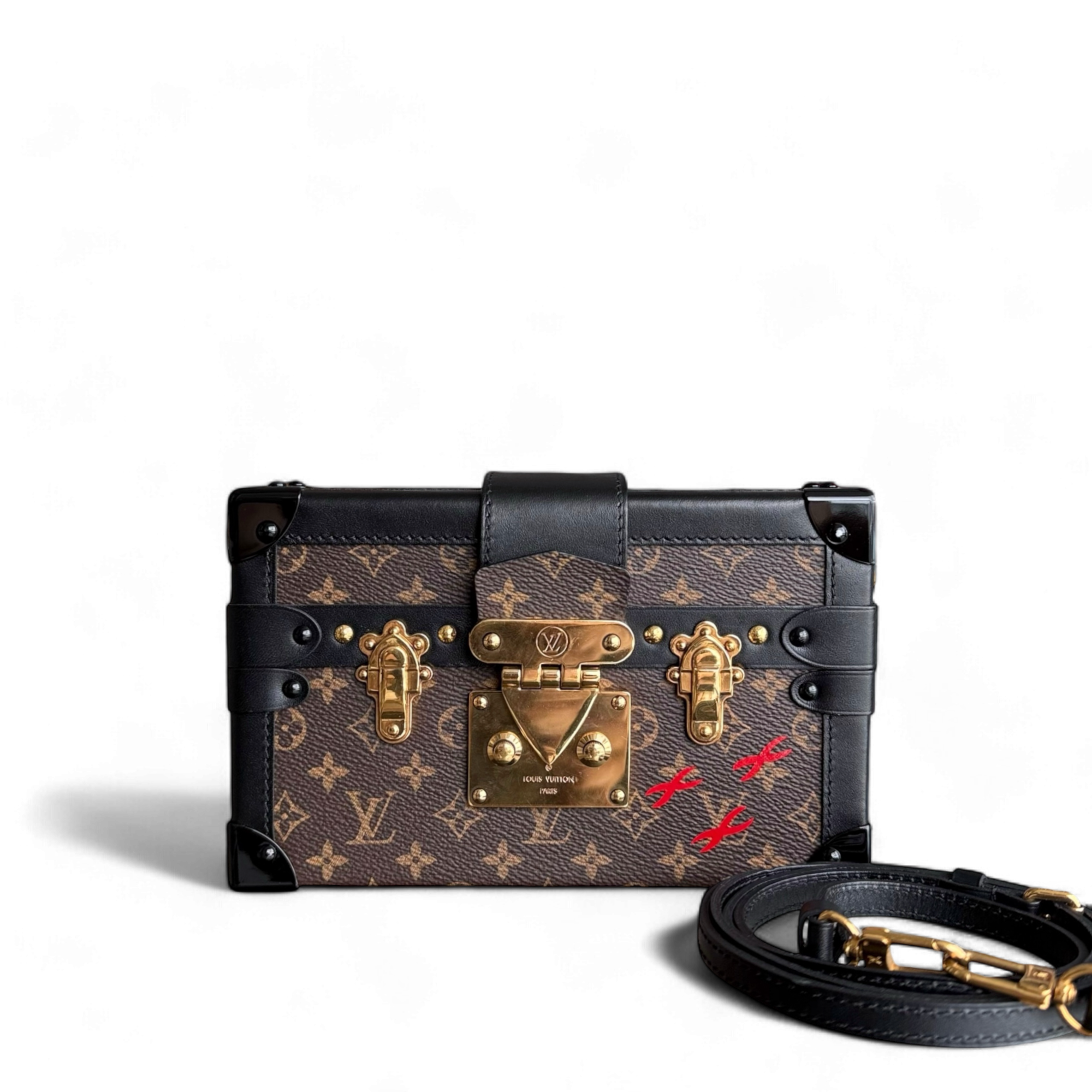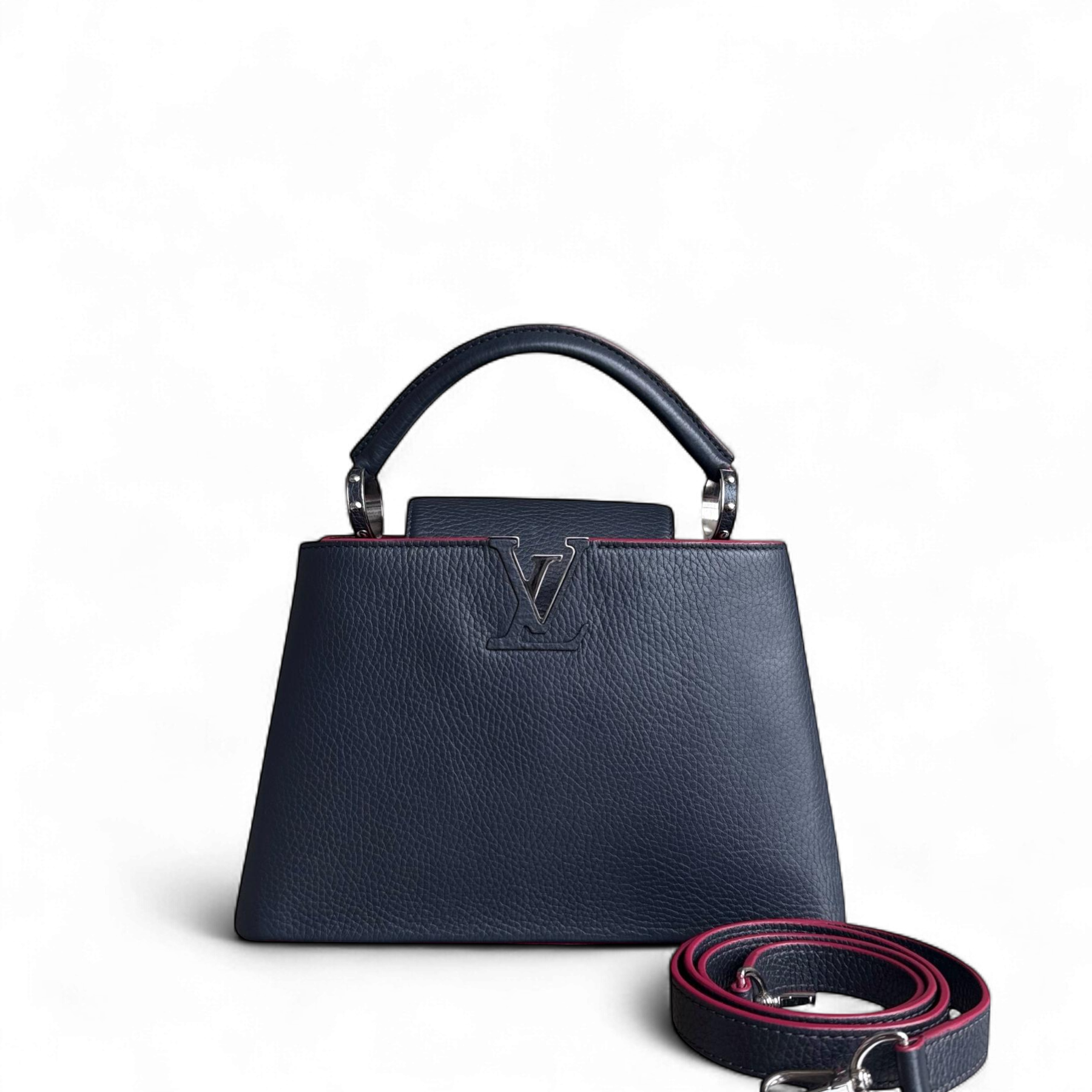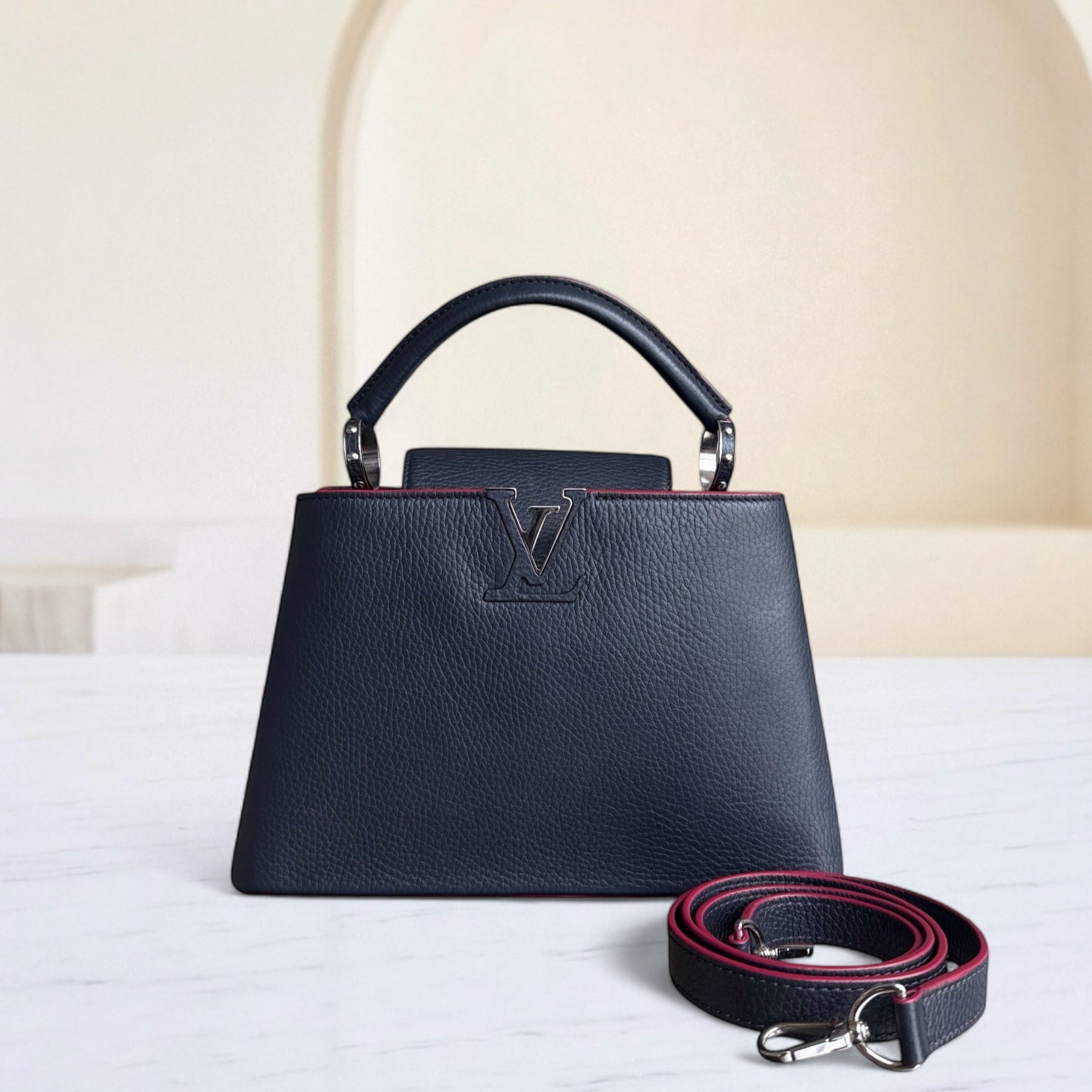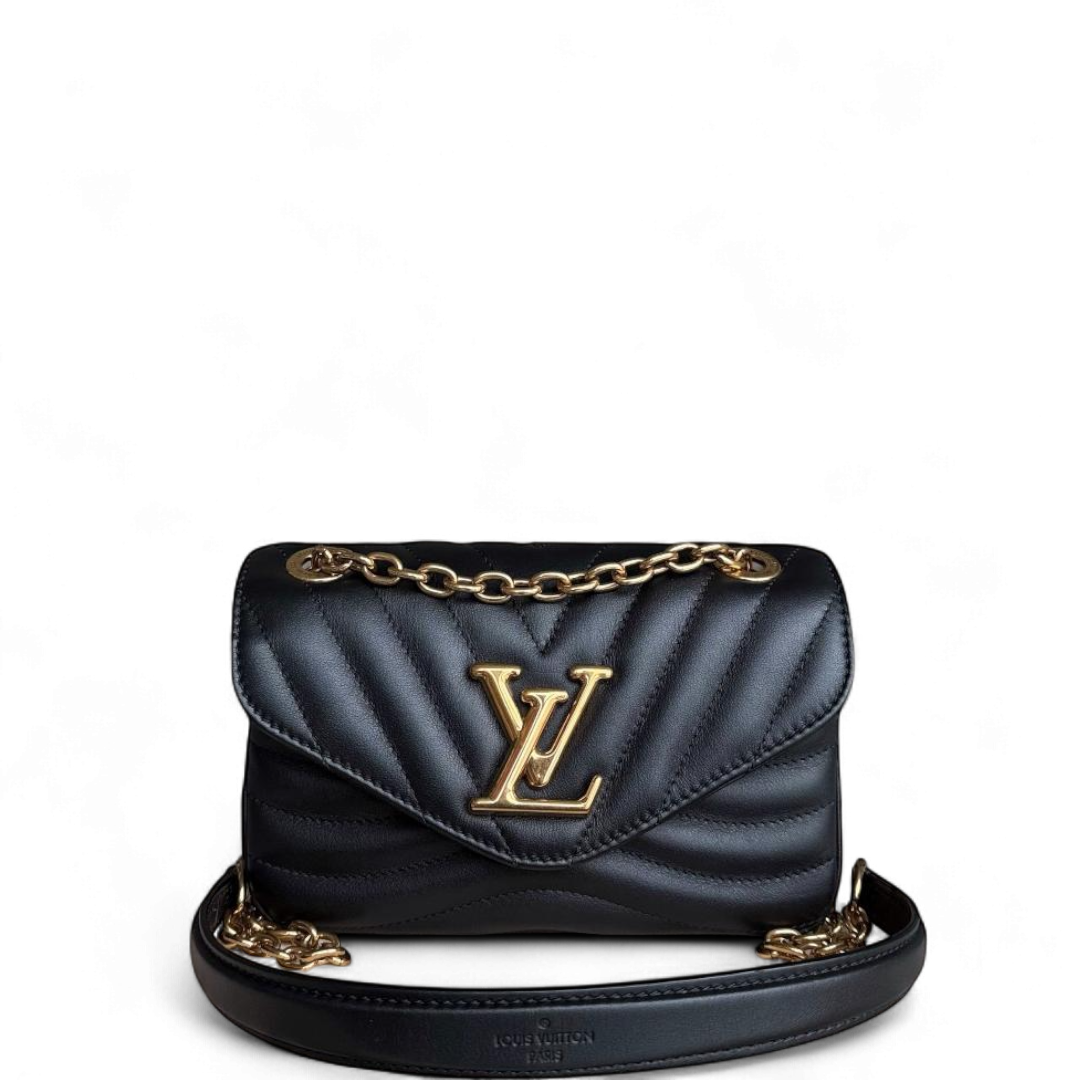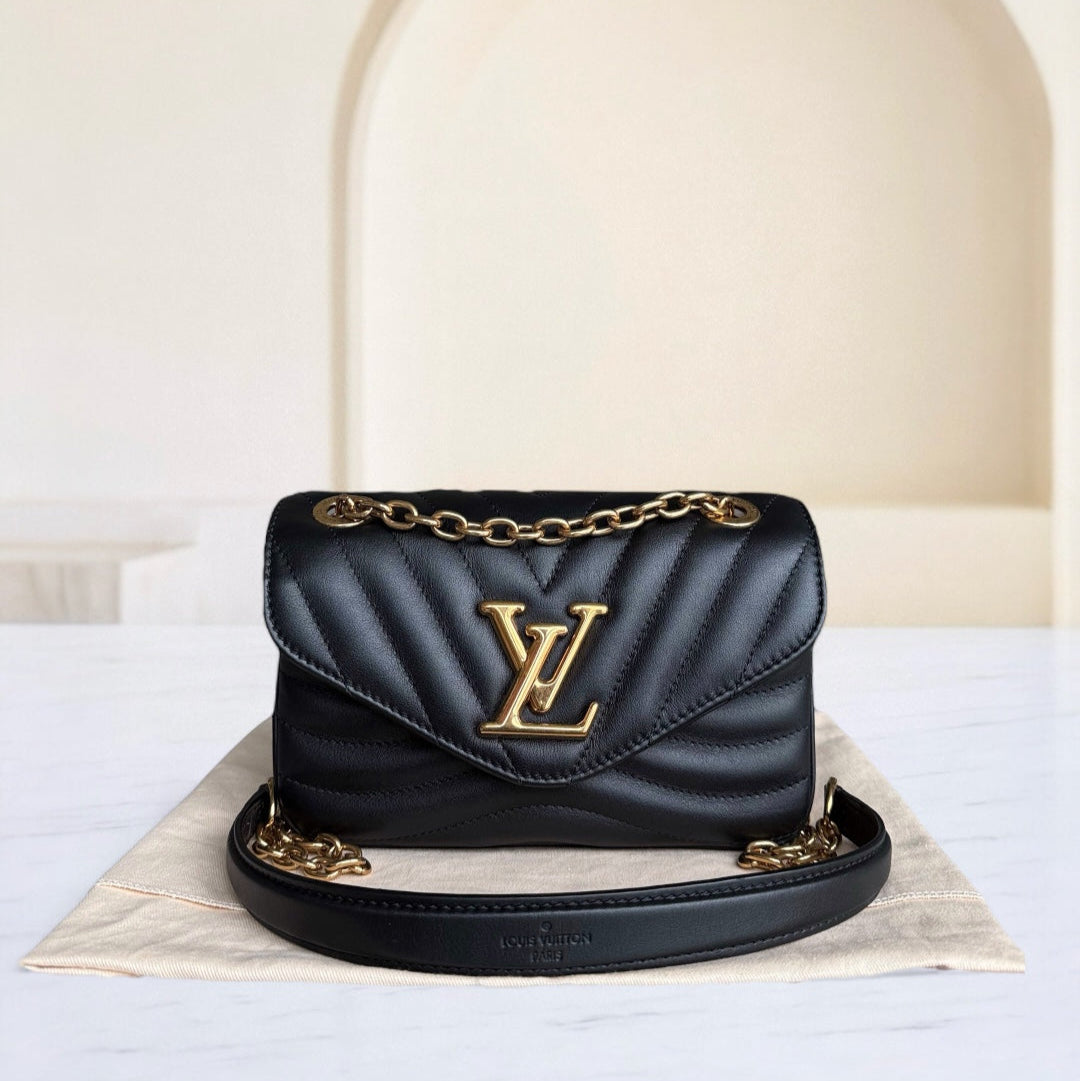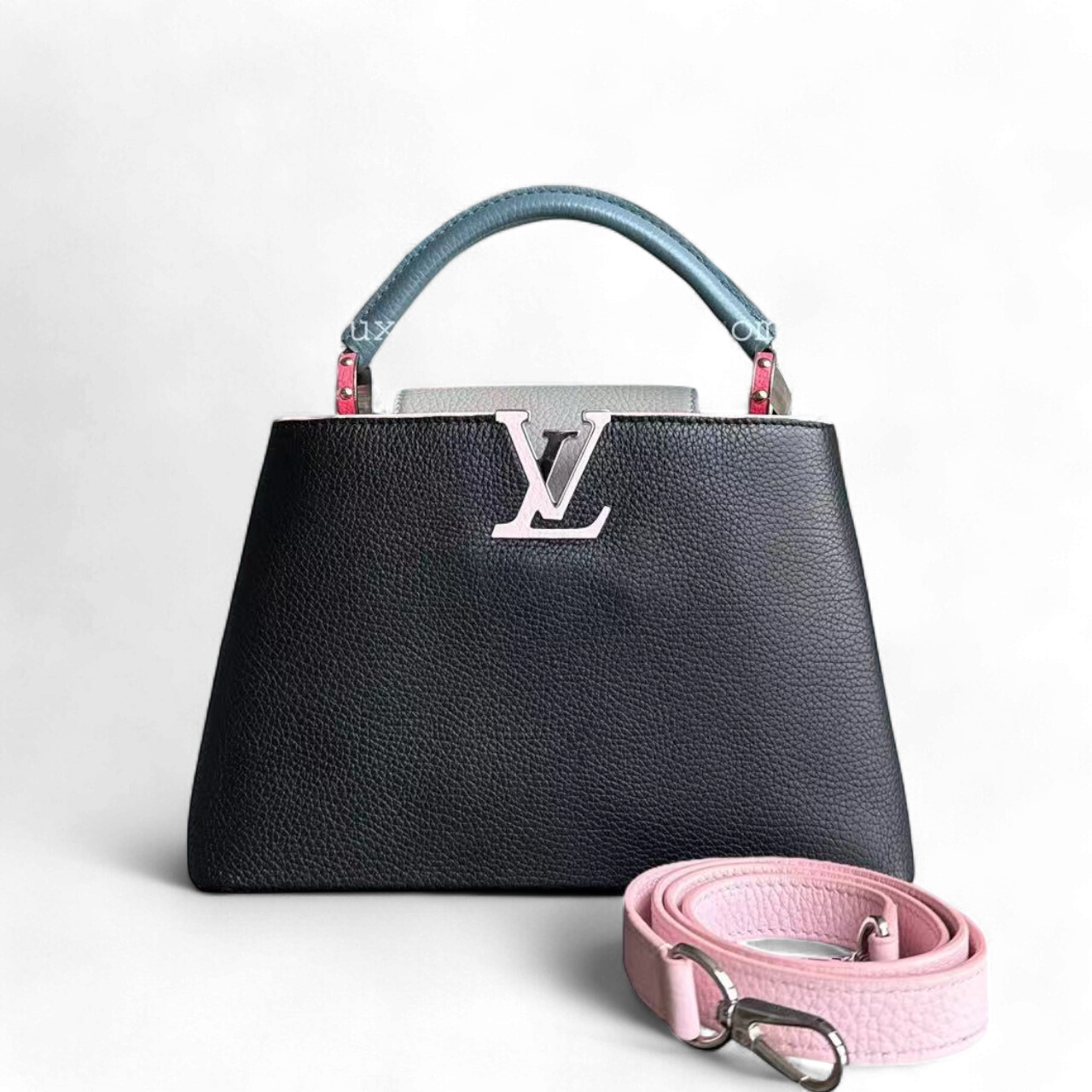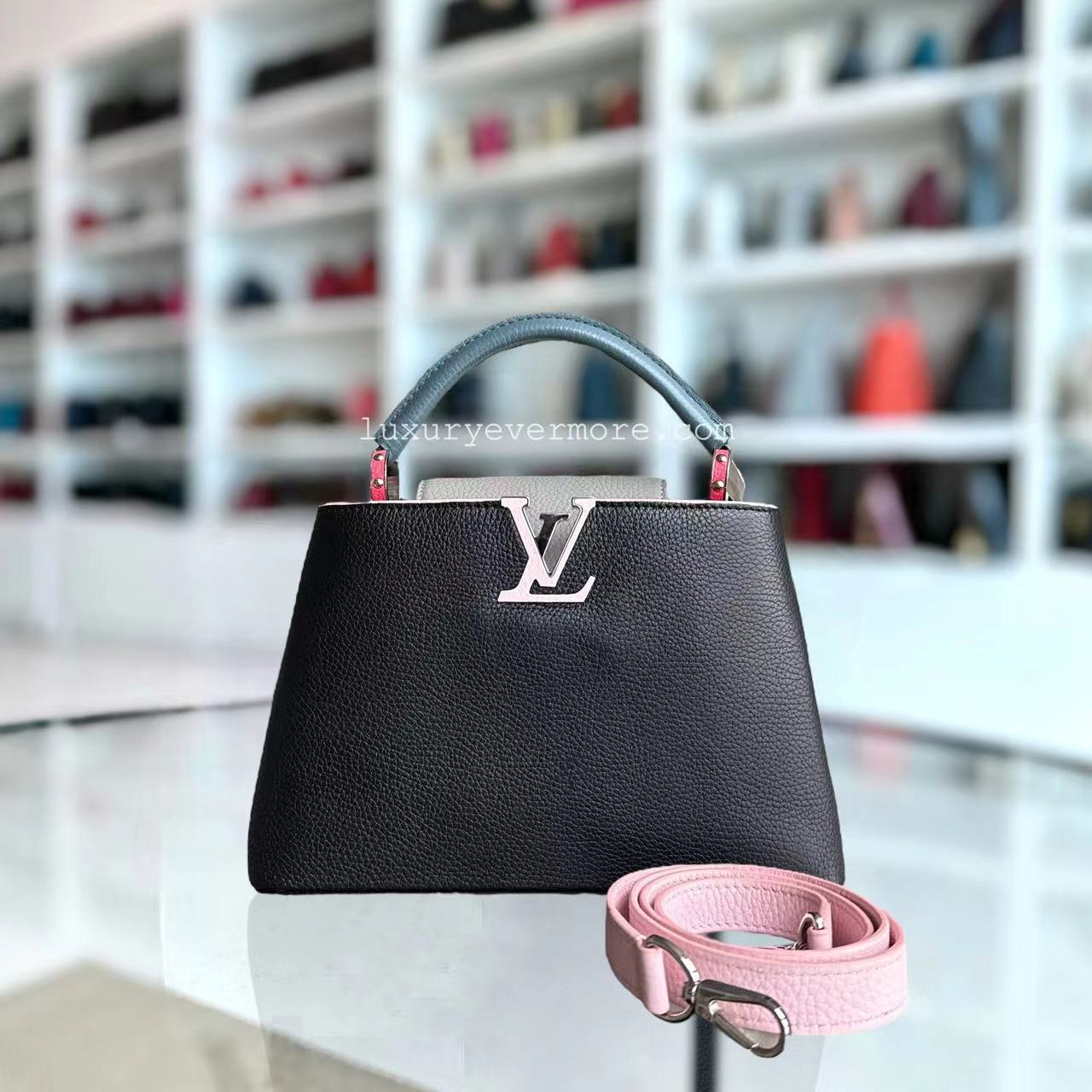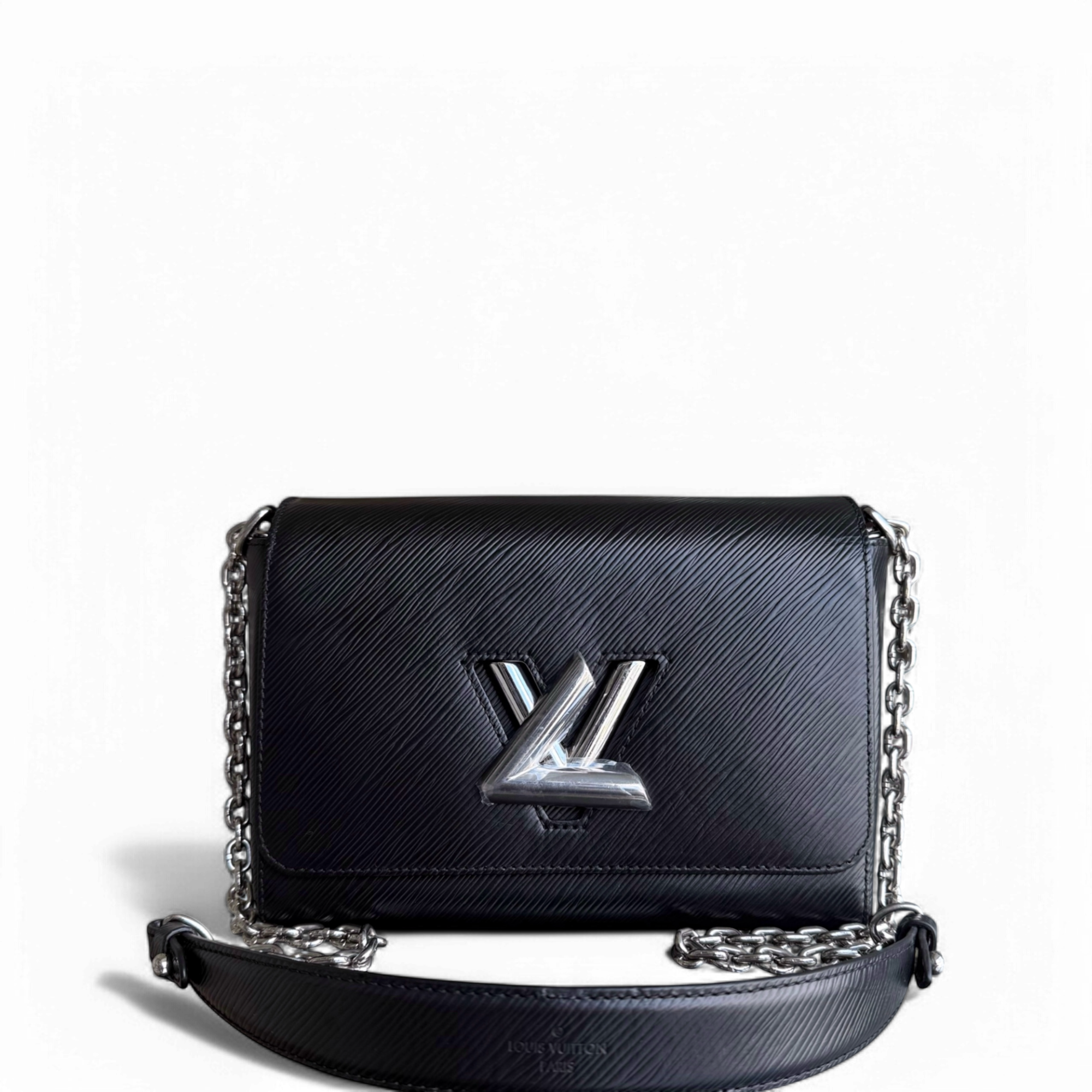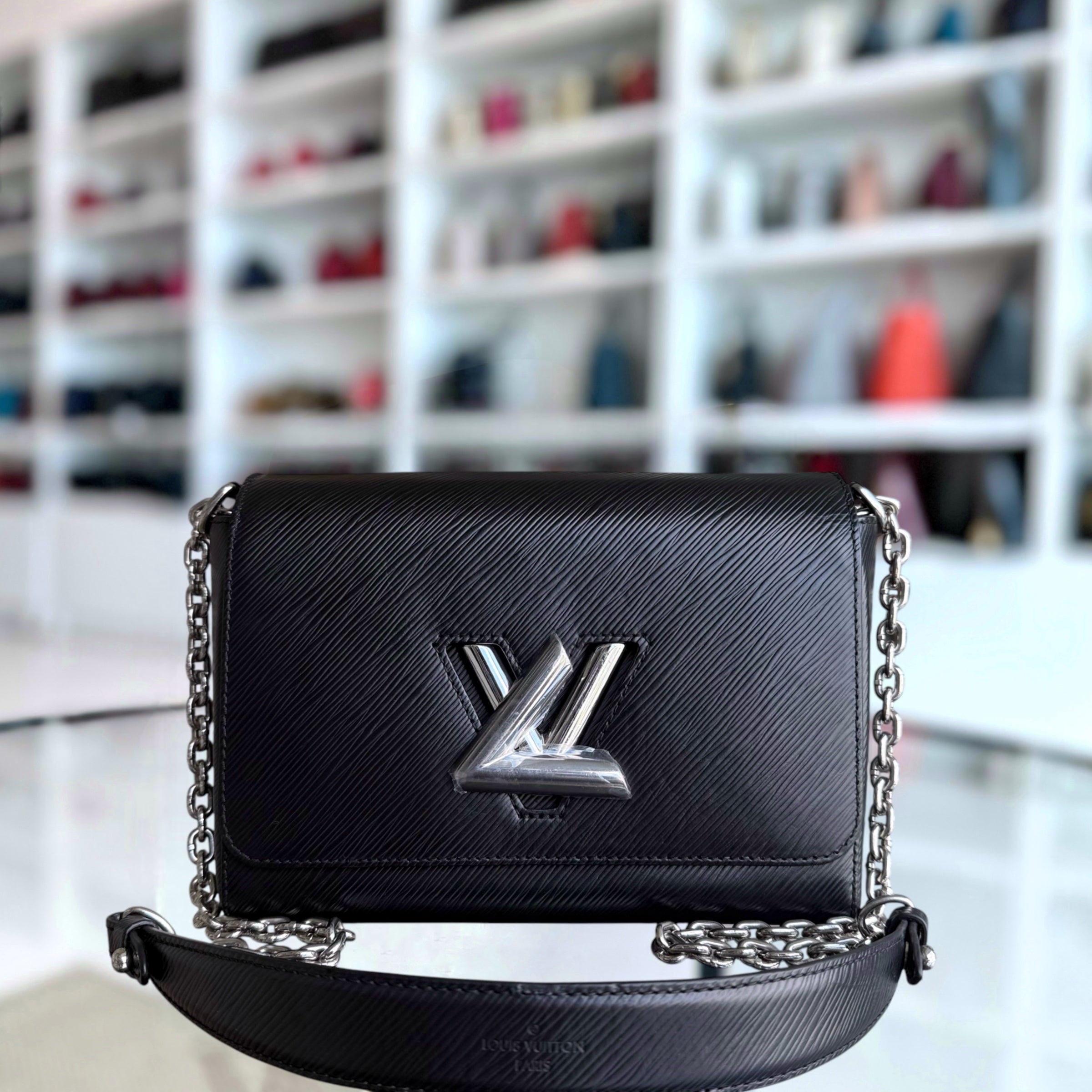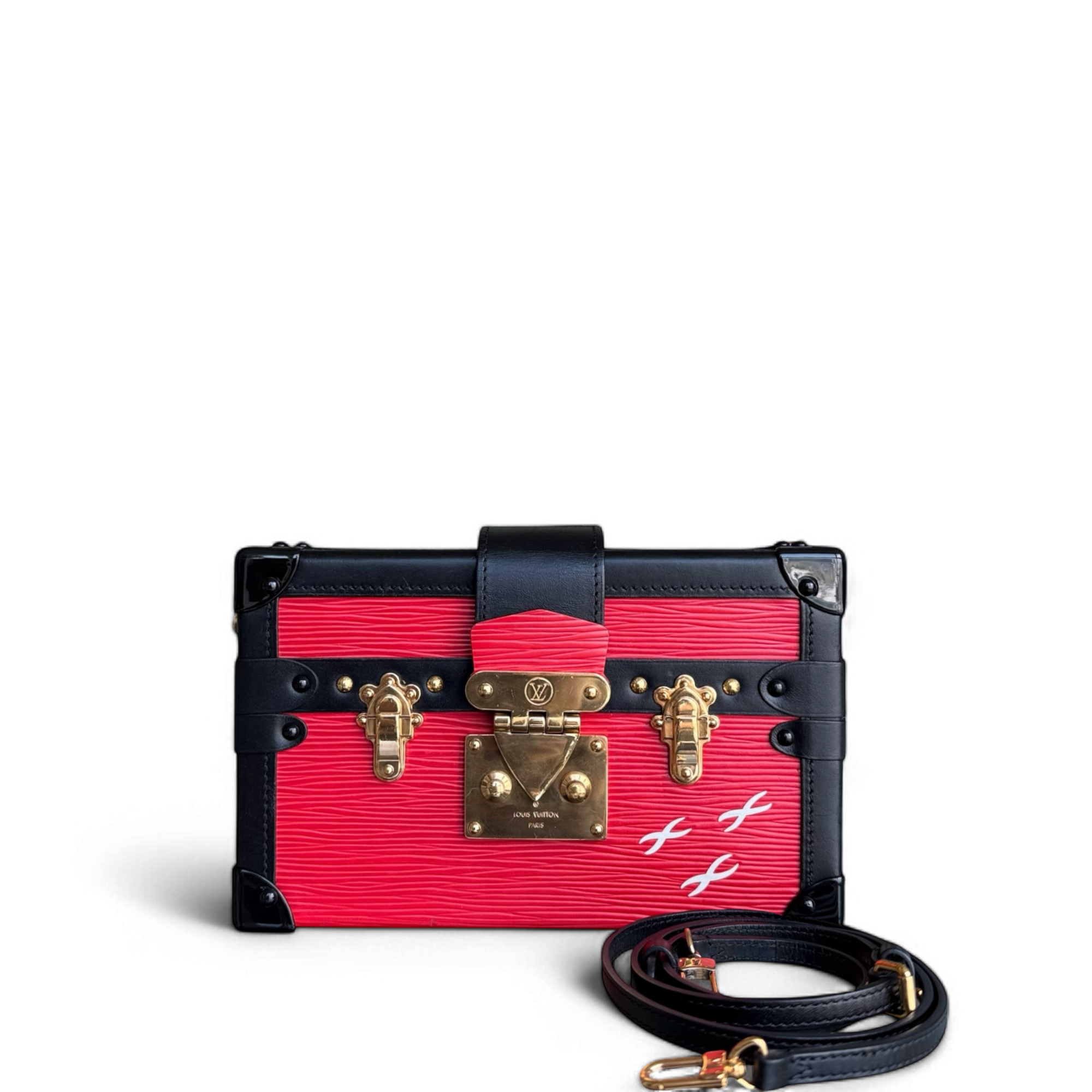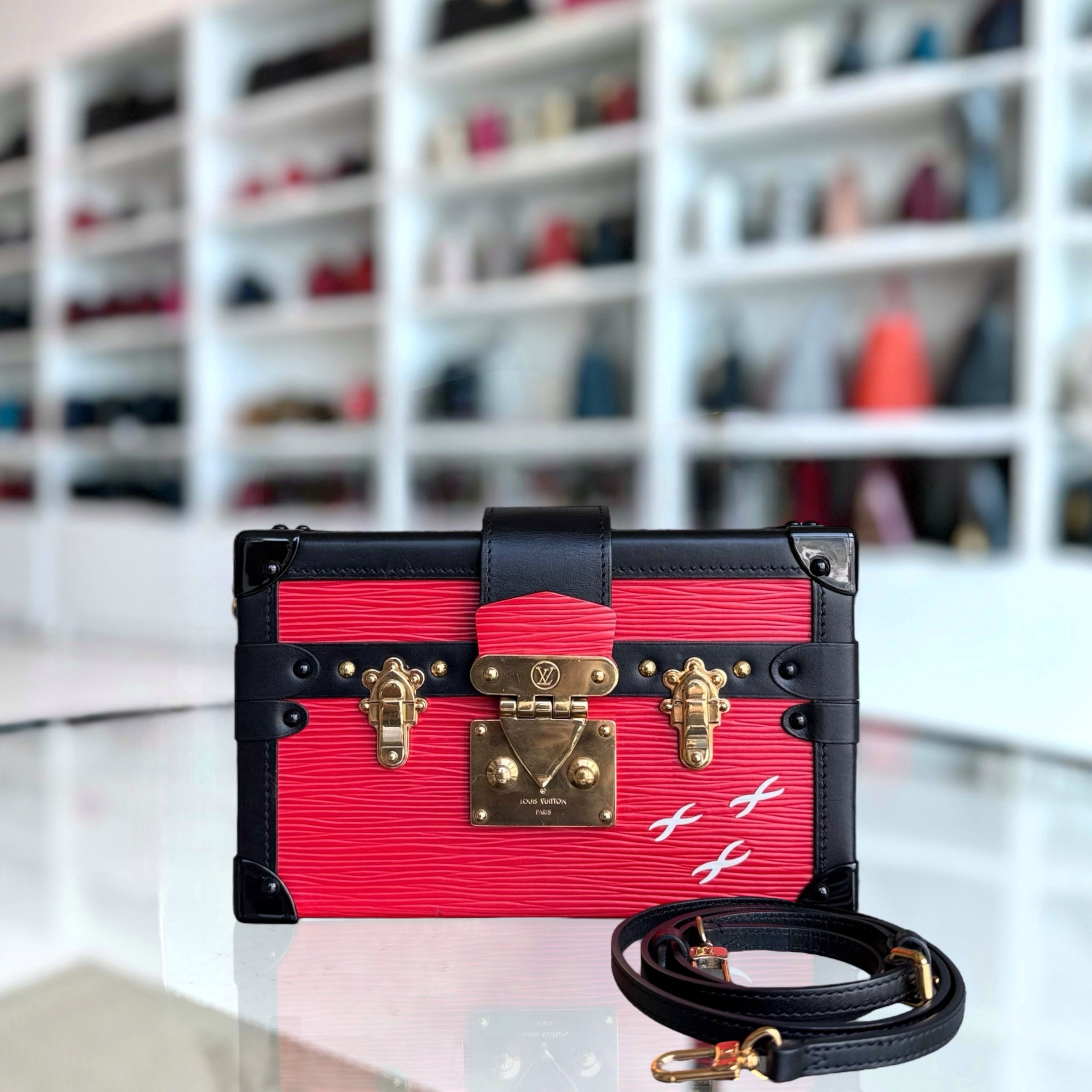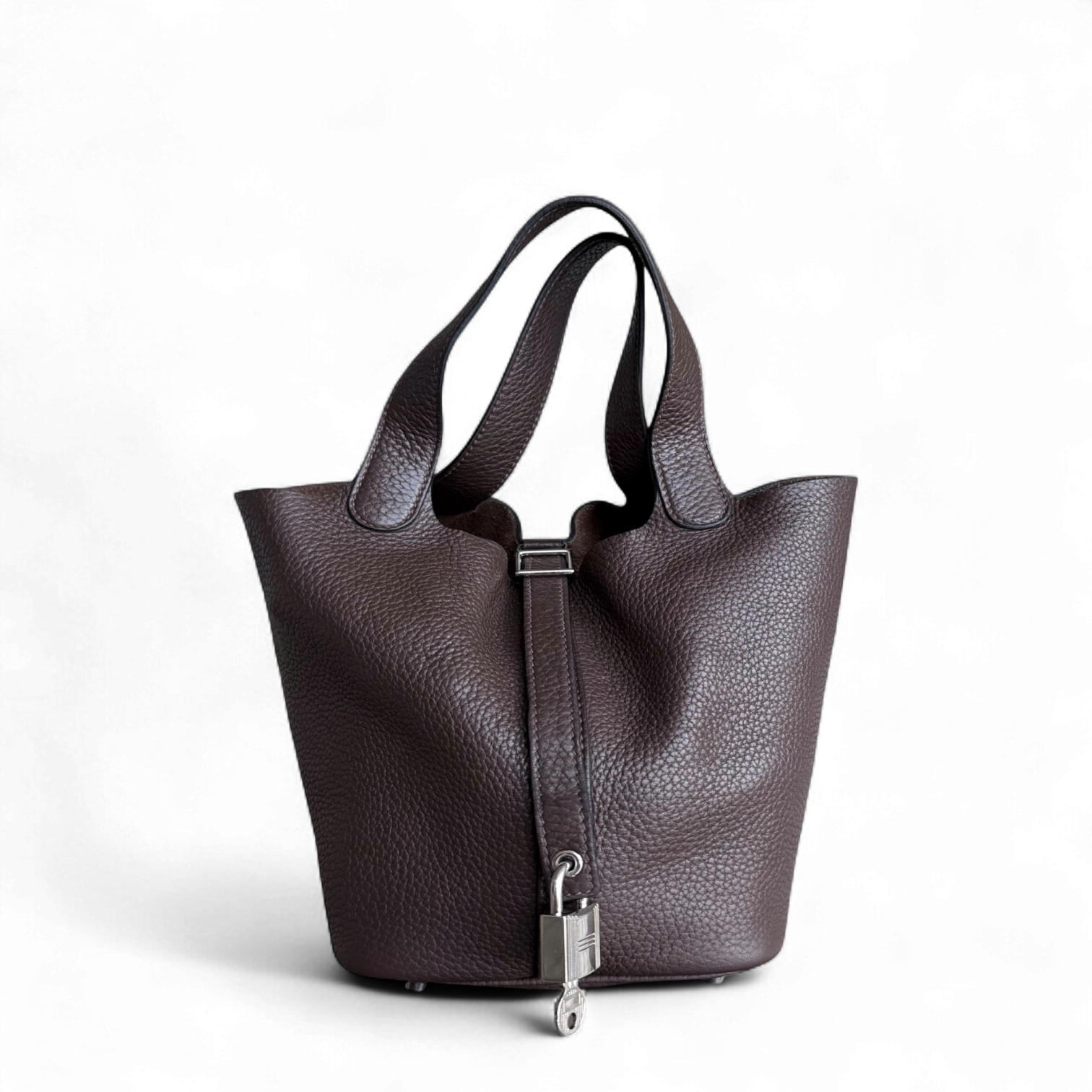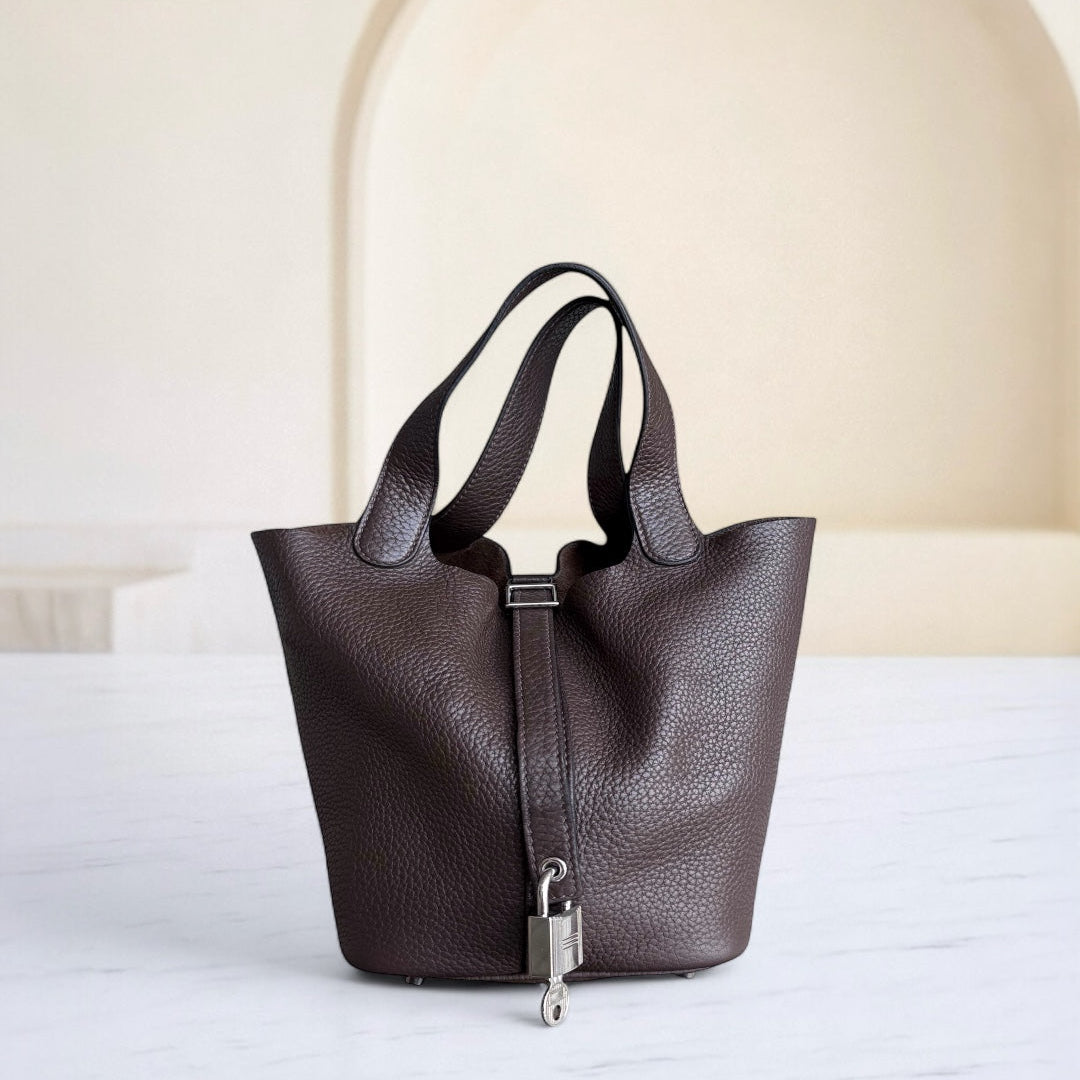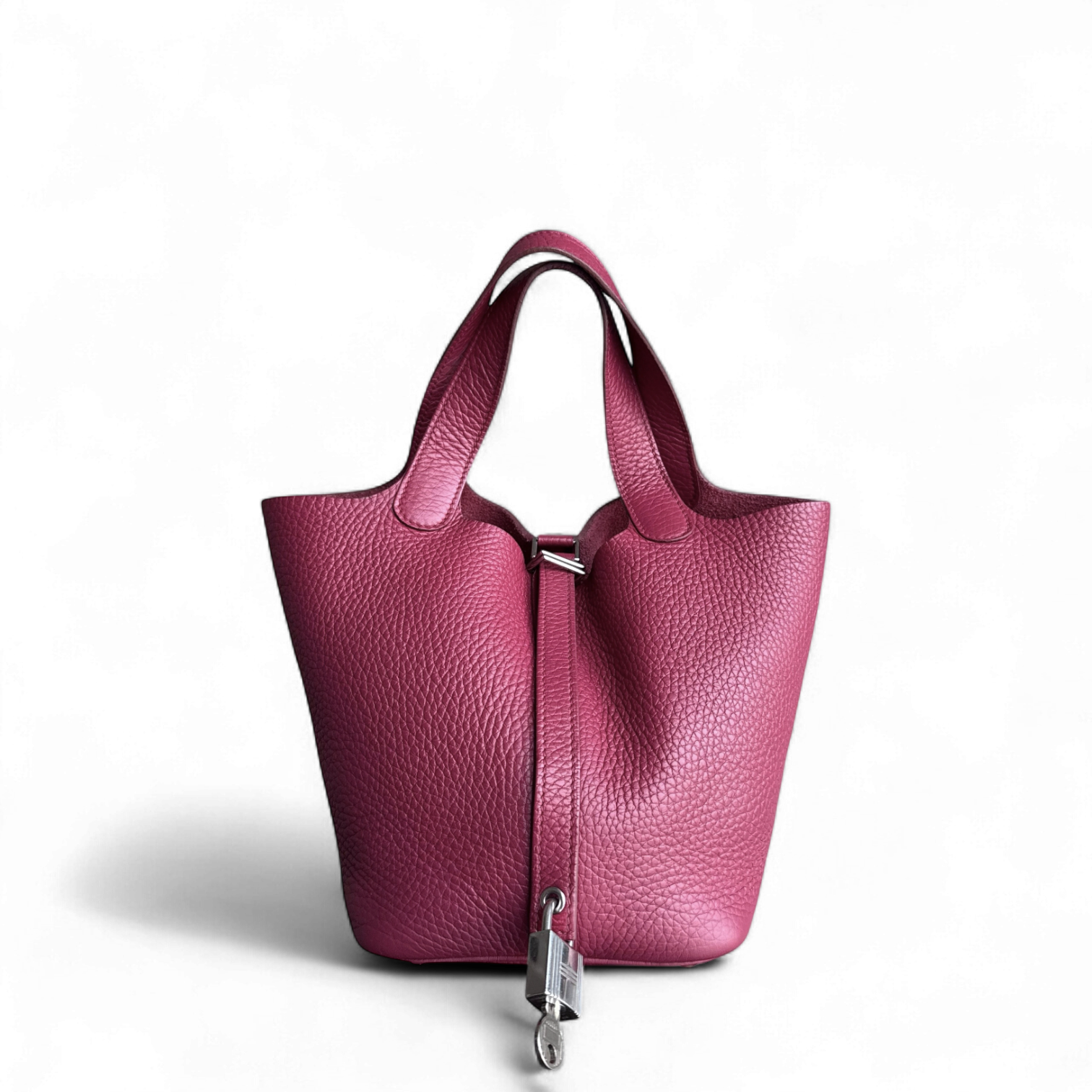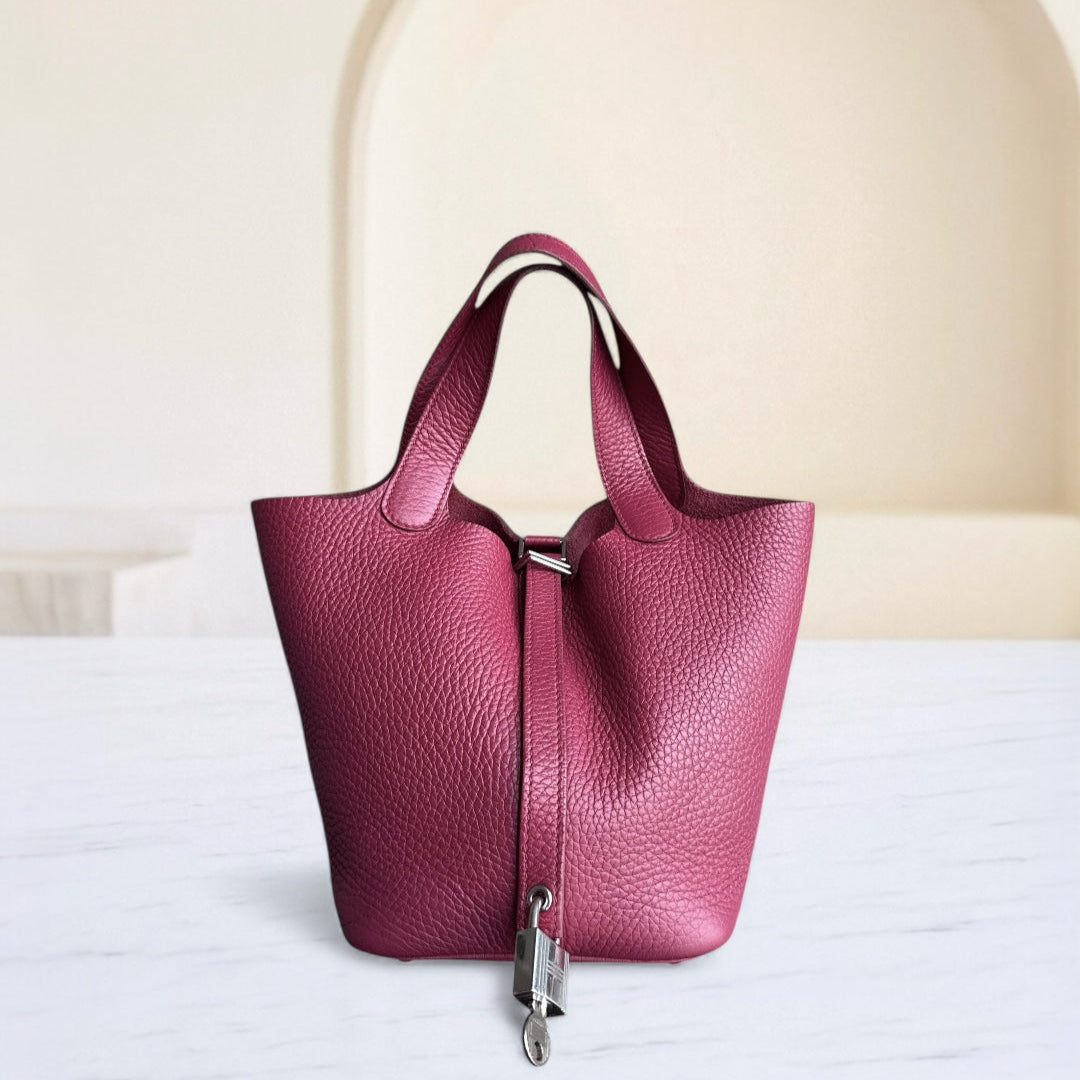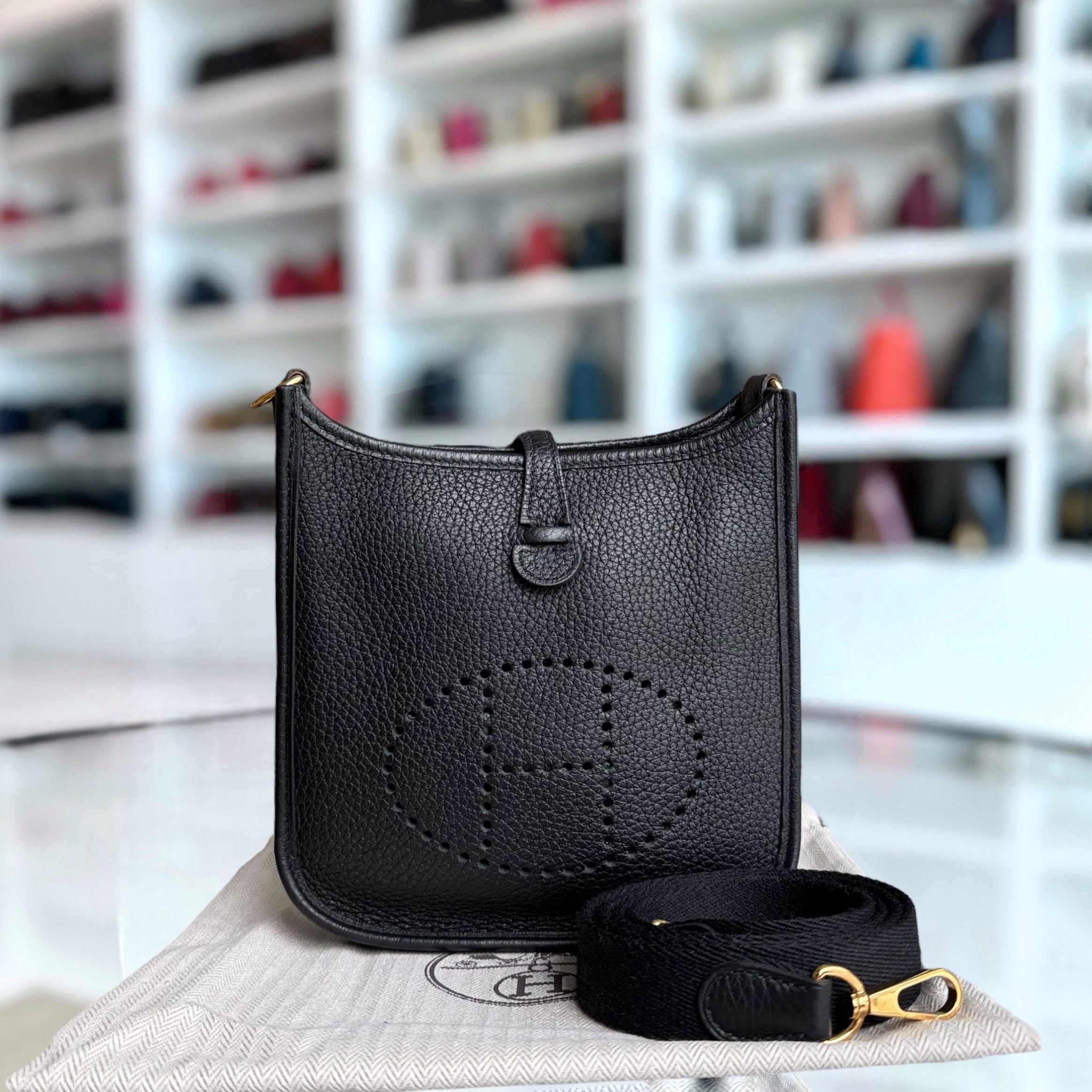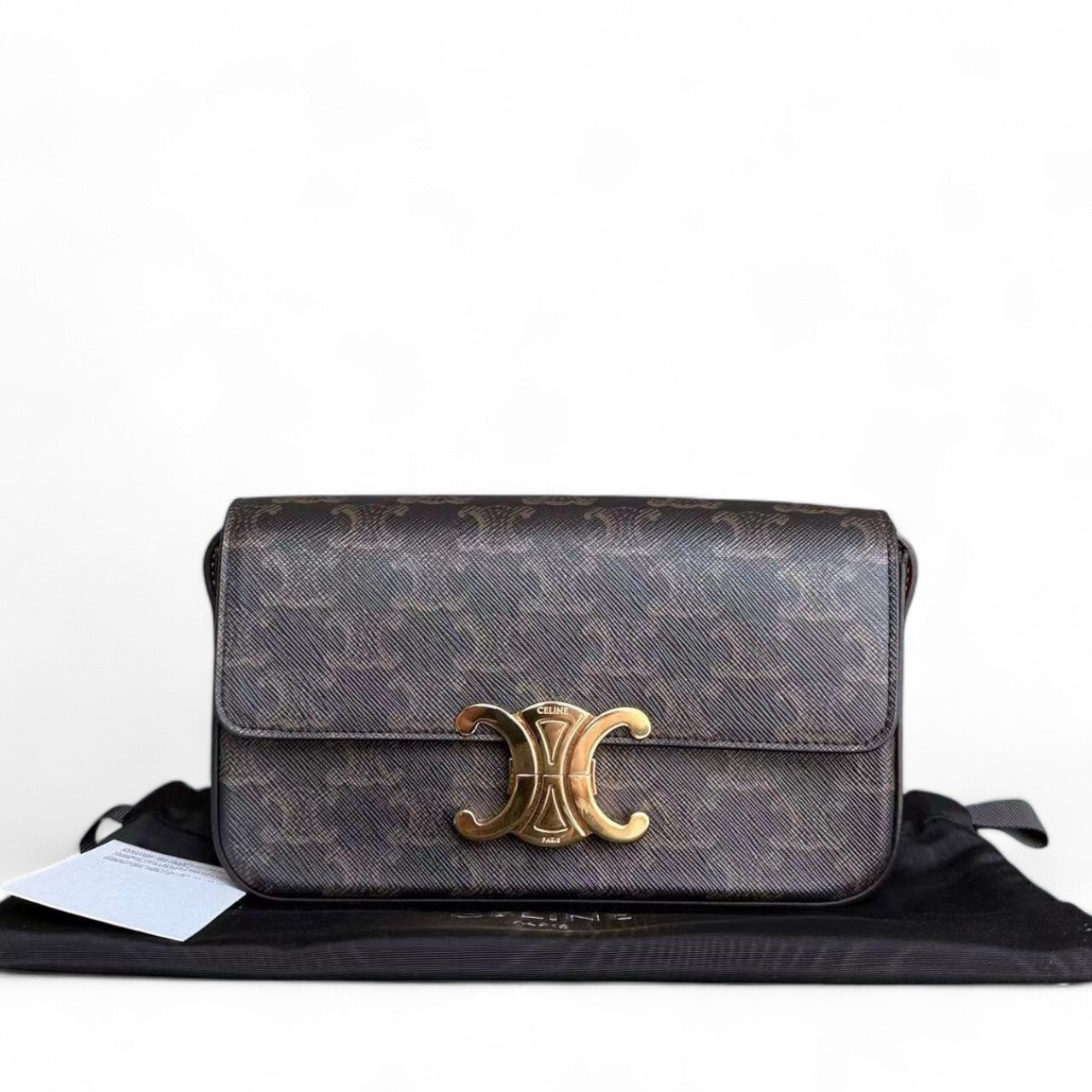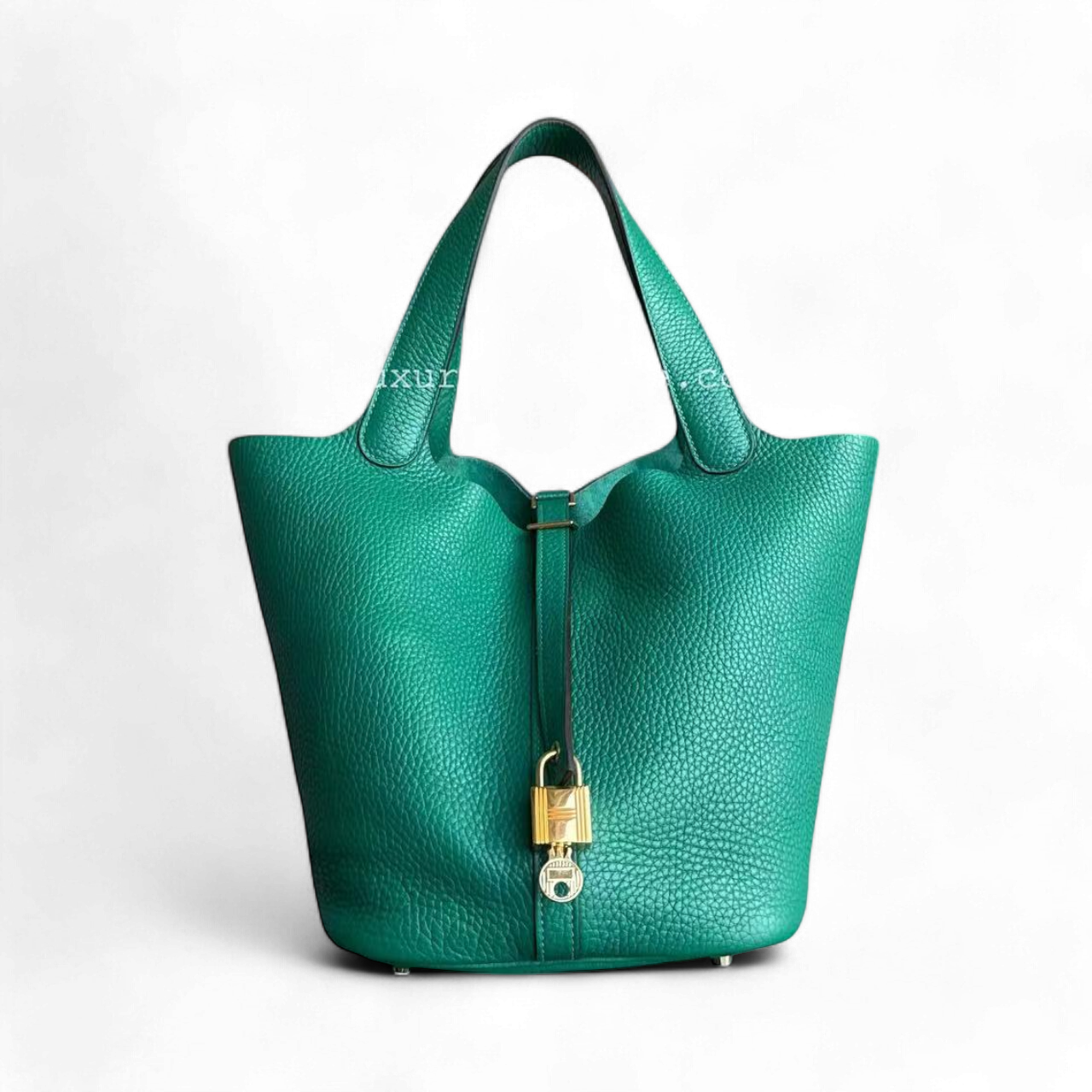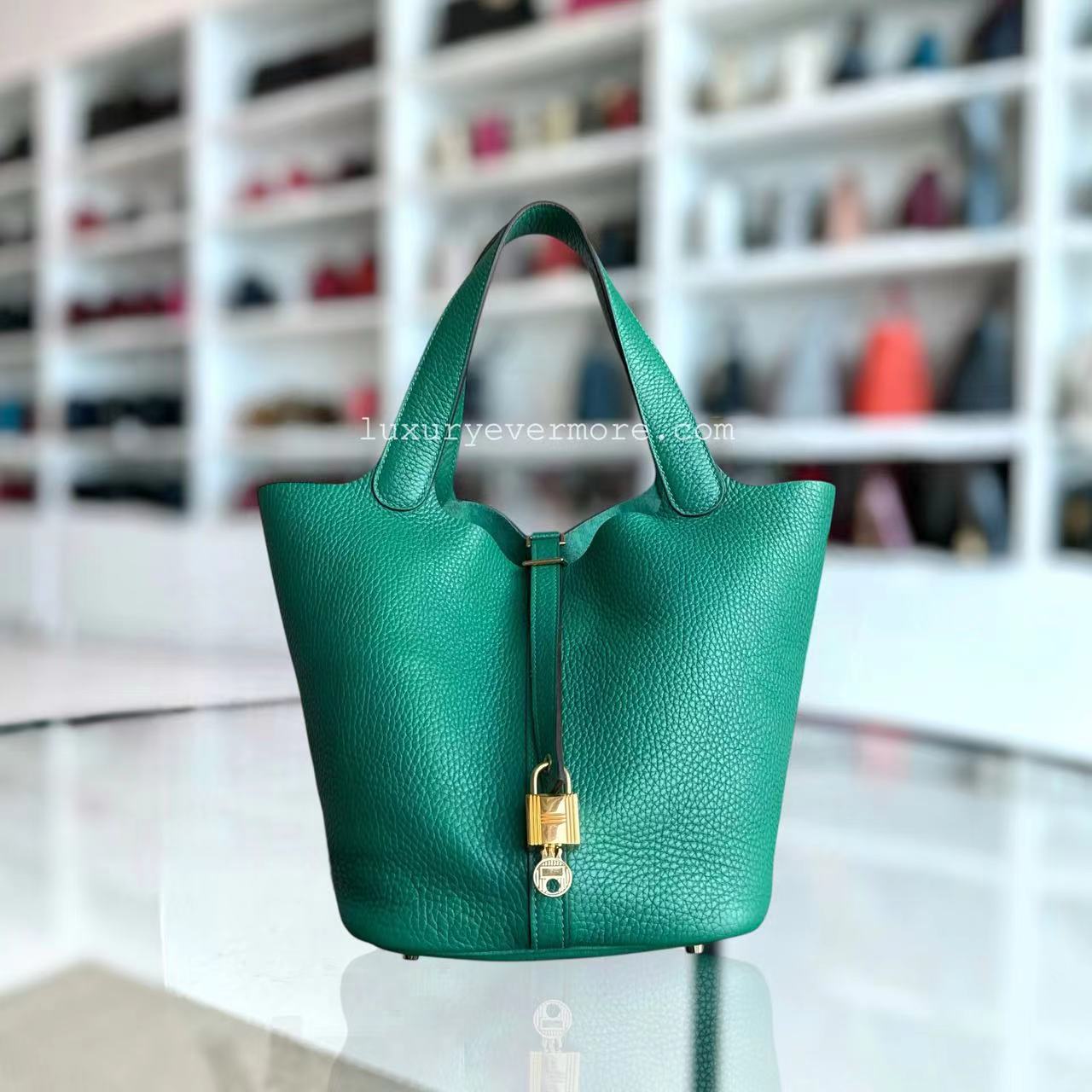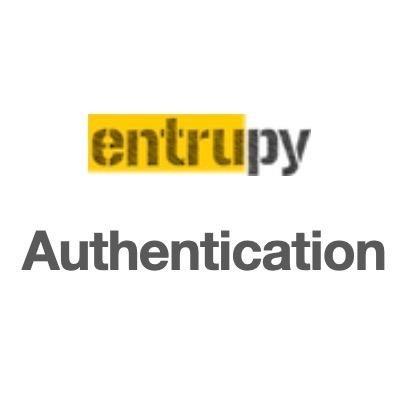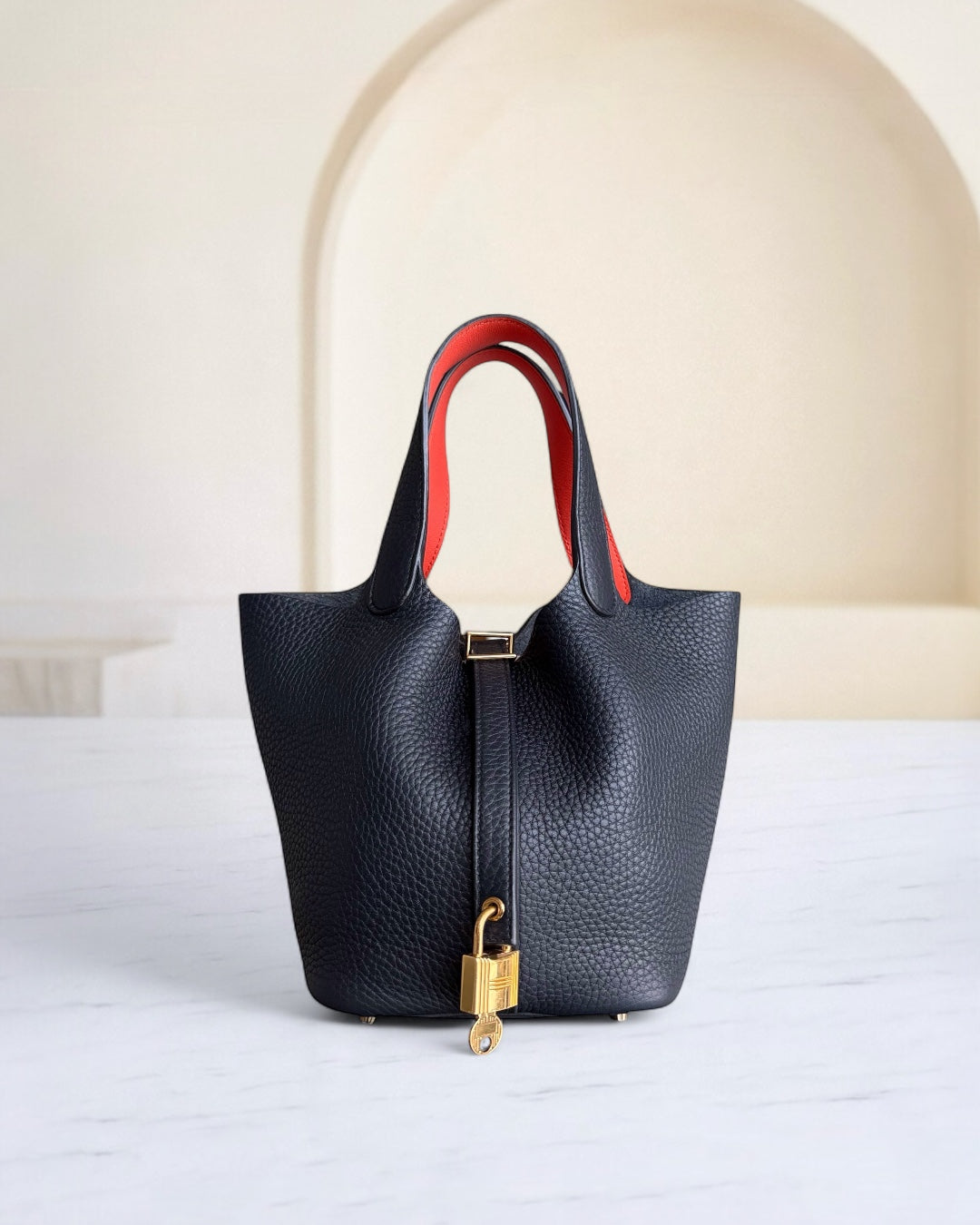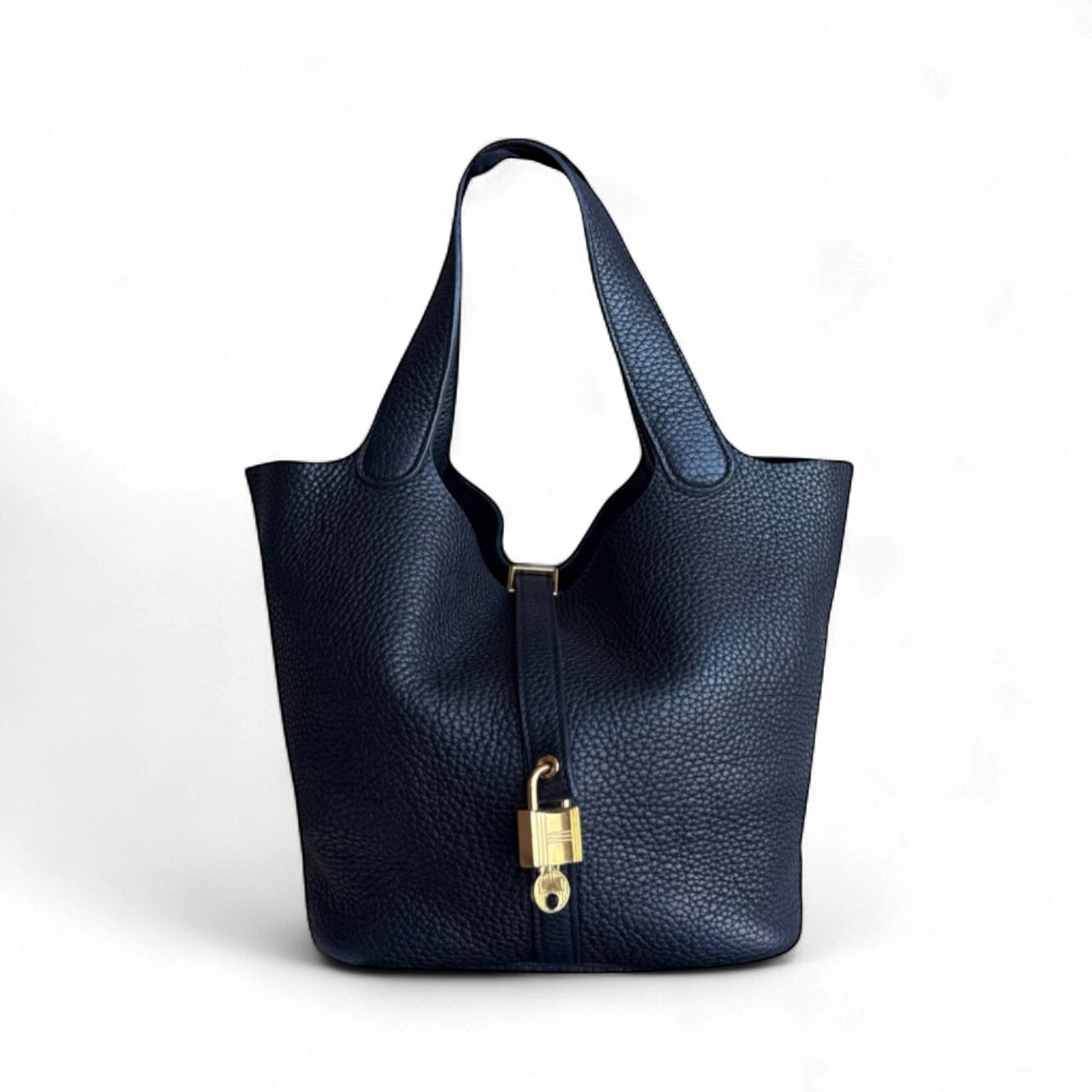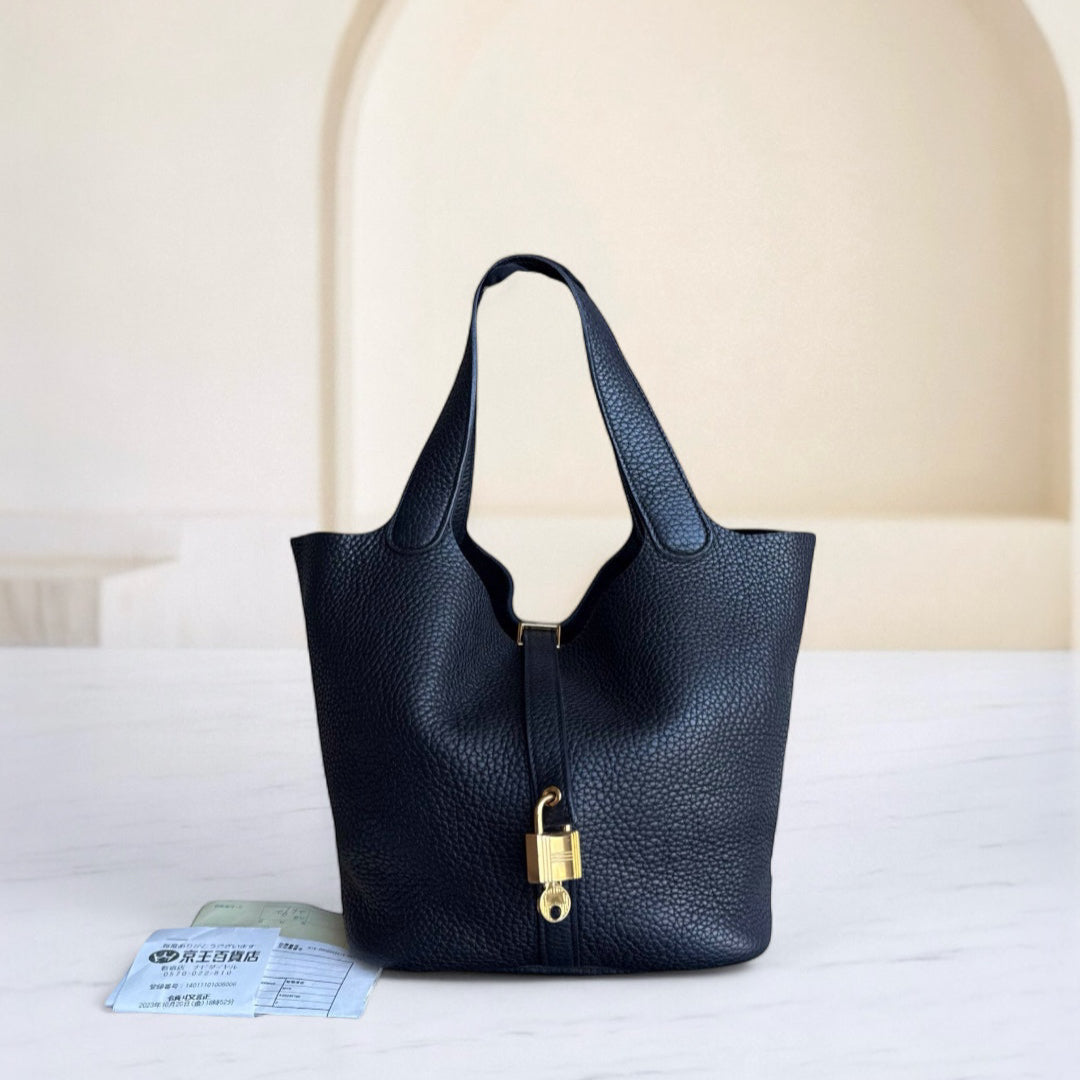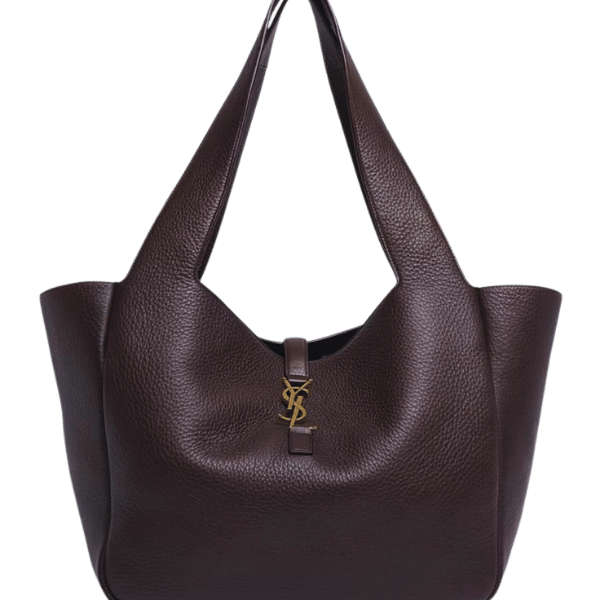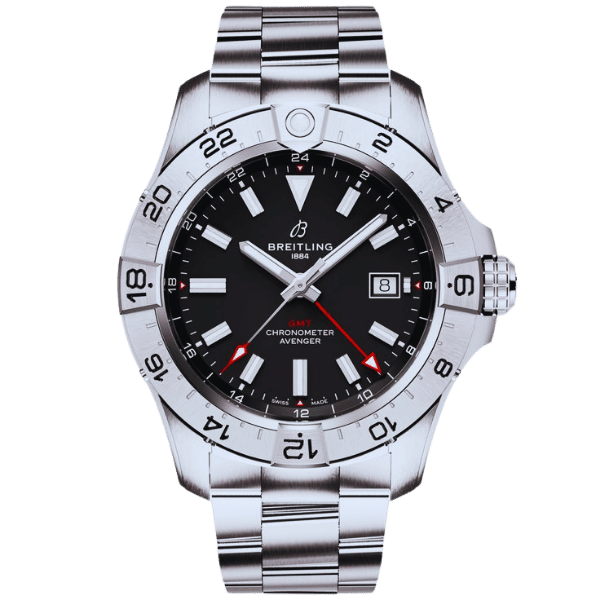How to Determine if Your Diamond is Real or Fake: At-Home Tests and Expert Tips
Evaluating whether a diamond is real or fake can be quite a nightmare, especially without having the right tools or expert help. However, there are several pieces of information, in addition to simple techniques that you can do at home, which can help you determine if the value of your gem matches its worth. This guide aims to equip you with actionable insights and expert tips, so you can decide with certainty whether the diamond in your possession is real or not. Whether it is thorough tests or major features that set diamonds apart from fakes, you will learn simple ways to verify that your prized possession is what it is claimed to be. For sellers, collectors, or the curious, this article outlines everything you need to know to make the right choices.
What are the Common Ways to Tell if a Diamond is Real?

One of the simplest methods to check whether a diamond is genuine is by performing the water test. A real diamond will sink in water due to its high density, while a lab diamond will not. The fog test is equally straightforward. Breathe onto the diamond; if it clears immediately, it's likely real since diamonds quickly conduct heat. Check the stone with a jeweler's loupe to see if it has any blemishes; many authentic diamonds have inclusions and flaws, contrary to the imitations, which are too perfect.
Last but not least, the scratch test. This is arguably the least recommended method, but diamonds can easily scratch glass without sustaining any damage. For more precise results, professional testing is recommended as they have the right equipment, such as diamond testers.
Using the Water Test to Spot a Fake Diamond
A real diamond can be identified through a simple water test. Fill a glass with water and gently drop the stone into it. A real diamond will sink directly to the bottom of the glass due to its density. A stone that floats or remains suspended is very likely a fake. This method is most effective on loose rocks and should be used in conjunction with other techniques to enhance precision.
Conducting the Fog Test at Home
The fog test is a simple gold standard to determine if a diamond is real. Place the diamond on your fingers and breathe out like you’re trying to fog up a mirror. The diamond will not retain the fog; condensation will fade almost immediately due to the diamond’s thermal conductivity. If the mist stays for a few seconds, the stone is most likely fake. Make sure it is clean and dry for the best results when trying to determine if it is a real diamond.
Identifying Differences with the Dot Test
The dot test is yet another simple technique to distinguish an authentic diamond from an imitation one. Set the diamond flat side down on a piece of white paper that has a clear dot marked on it. Look straight down through the diamond. If the dot is visible or appears to be seen as a circular reflection, then the diamond is most likely fake. A genuine diamond will refract light in a way that makes the dot invisible.
How to Test the Authenticity of Diamond Jewelry?

Recognizing Diamond Simulants like Cubic Zirconia
Cubic Zirconia (CZ) is one of the most popular substitutes for diamonds. It is a synthetic material made to replicate the appearance of a diamond, but it can be distinguished by the properties mentioned earlier. Unlike diamonds, CZ is flawless and does not contain any natural inclusions. CZ also ranks lower than diamonds in hardness, as it sits at 8-8.5 on the Mohs scale, meaning that glass is physically stronger than CZ. A diamond, however, sits at a perfect 10 on the chart. In addition, CZ has a greater density than diamonds, which also means it will be heavier than diamonds of the same size. Being aware of these attributes allows one to differentiate CZ from genuine diamonds, as pieces claiming to be diamonds but being CZ stones can cause havoc if not identified accurately.
Understanding Natural and Lab-Grown Diamonds
Natural diamonds are one of the planet’s oldest materials as they are formed under the Earth’s heat and pressure over billions of years. On the other hand, lab diamonds are technologically advanced imitations. They can be created in a controlled environment and yield the same chemical, physical, and optical properties, making them virtually indistinguishable on the surface. However, distinguishing them reveals that lab-grown diamonds lack the same natural properties found in genuine stones.
One Intermediate Method of lab-grown diamond production is High Pressure High Temperature (HPHT). In this method, the natural conditions of diamond formation are reproduced. Chemical Vapor Deposition (CVD) is another standard method that uses carbon-rich gases to form diamonds. These techniques also provide less ecologically hazardous alternatives to natural diamond mining. While it may not solve ethical concerns like rough diamond mining does, it is more sustainable. On the other hand, several ways of consuming energy in lab production remain under scrutiny.
Due to low ecological impact, affordable offerings, and drastic market trends, lab-grown diamonds are anticipated to take over the industry. Moreover, industry analysis states that diamonds can be 30 to 50% lower in price than their natural counterparts, making them an accessible gemstone. With this information, consumers can better understand the brand, value, and quality of the diamonds, enabling them to make more informed purchases tailored to their values and preferences.
What is the Best Way to Tell if a Diamond is Real?

Consulting with a Professional Diamond Expert
An expert diamond professional is one of the most effective resources for authenticating a diamond's value and origin. Certified gemologists employ several techniques, such as loupe examination, spectroscopy, and thermal conductivity tests. These methods measure important characteristics inherent to diamonds, such as the refractive index, inclusions, and thermal conductivity. For example, the high thermal conductivity of diamonds distinguishes it from zirconia and Moissanite. Experts may also rely on diamond grading reports from reputable institutions like the Gemological Institute of America (GIA) to corroborate the diamond's appraisal and provenance. A professional appraisal neutralizes bias, providing an accurate assessment that unscientific methodologies cannot achieve, thus ensuring buyers of their purchase.
Using a Diamond Tester for Quick Results
A diamond tester is a portable device that allows you to know with reliability if your diamond is real, ensuring no doubts when at home. These devices work by either measuring the stone’s thermal or electrical conductivity. As most simulants like cubic zirconia don’t possess nearly as high thermal conductivity as diamonds do, the stone's authenticity can be determined within seconds. Some advanced diamond testers also measure electrical conductivity, which helps differentiate diamonds from Moissanites. The latter closely resembles diamonds in terms of thermal conductivity but differs in electrical conductivity.
Modern diamond testers often come with additional features, such as clear audio indicators and LCDs. To ensure the device operates with maximum accuracy, the stone's surface must be thoroughly cleaned, and the probe should be placed firmly on the stone’s surface. While diamond testers serve their purpose without issue, they work best as part of a complete grading report, since other quality determinants, such as color, clarity, or cut, cannot be assessed. For a thorough evaluation, along with a professional assessment, the diamond tester provides detailed information and verification of authenticity, which serves the best interests of buyers and industry professionals.
How Can You Tell if Your Diamond is Genuine at Home?

Inspecting the Diamond Shape and Cut
Regarding the inspection of a diamond's shape and cut at home, knowing what to check and how provides insight into whether a diamond is genuine. Start by checking its overall symmetry and proportions. Clarity and symmetry are essential factors because authentic diamonds are cut evenly, and their symmetry enhances the brilliance and fire.
Consider the cut grade, if possible, as it affects the sparkle, light performance, and overall quality of the diamond. Ideally, cut diamonds can bounce light internally and outward, distinguishing them from lab diamonds. Moreover, using a loupe or magnifying glass ensures that there is no rounding on the edges or facet junctions, as fake stones tend to feature uneven cuts and authentic diamonds boast sharp.
When assessing shape, be mindful that specific shapes, like round brilliants, have the highest chances of optimal light reflection due to their superior design. Emerald or radiant, unique shapes will require some additional time to inspect their step facets. Considering those, along with other grading parameters, enhances the appraisal process of your precious stone.
Performing a Conductivity Test for Authenticity
To test for authenticity, a conductivity test, a thermal conductivity tester, and a diamond tester can be used. Unlike fake diamonds, such as cubic zirconia, which have poor thermal conductivity, natural diamonds are excellent thermal conductors. When placing the probe of the tester on the diamond’s surface, if the diamond conducts heat efficiently, it will be identified as a natural diamond. Ensure that the diamond is free from residues and clean, since that may skew the results. Always follow the manufacturer's instructions for calibrating and operating the device to get dependable results.
What are the Challenges in Identifying Loosely Set Diamonds?

Detecting a Fake Stone in an Engagement Ring
To detect a fake stone in an engagement ring, begin by examining the gem's optics. Real diamonds generate blazing reflections which, in the case of glares, appear diphyodial. After that, look for the quality marks or inscriptions on the band that certify its authenticity. If accessible, measure the heat conductivity of the diamond using a tester, as genuine diamonds conduct heat properly. Any loupe or magnifying tool will shorten the task of seeing flaws that are bound to exist on the so-called genuine stones, since glass will be devoid of natural inclusions, and most stones will be bereft of flaws. Seek out, as needed, a jeweler skilled in the area of appraisals.
Evaluating the Authenticity of Your Diamond Settings
In assessing the authenticity of my diamond settings, the first factors I consider are the construction and materials due to craftsmanship. I look for quality indicators like stamps, and I check that the prongs holding the diamond are secure and evenly balanced. With a loupe, I look for irregularities that may suggest tampering, such as glue or uneven settings, which may indicate inauthenticity. I request the services of a professional jewelry dealer for additional assurance regarding the authenticity and quality of the diamond and the setting, as well as professional scrutiny of the mounted gems.
Frequently Asked Questions (FAQs)
Q: Which at-home methods can be used to check if a diamond is real?
A: Some tests you can try at home include the water test, where you drop the diamond into a water glass to put to test whether it sinks; the fog test, in which you clutch the diamond and breathe on it to observe how fast the fog clears; or the newspaper test, which involves placing the diamond over printed words to check if you can read them. While these tests may not be definitive, they can help distinguish a real diamond from a synthetic one.
Q: What are the differences between a real diamond and a synthetic diamond?
A: Synthetic diamonds and real diamonds may be challenging to differentiate at first glance, but checking for flaws under a magnifying glass is a red flag, as natural diamonds often contain minute imperfections, while synthetic diamonds are too perfect and lack them. You can also conduct some refractive tests while looking at the diamond outside to see if it cuts the light well.
Q: What does it mean to perform the "dot test" on a diamond?
A: The dot test involves placing a loose diamond on top of a piece of paper with a small black dot on it. Check whether the diamond can be seen through the low-dot paper. According to my research, if the diamond is real, the dot will not be visible because the diamond will refract the light too much. This is one technique that can be used to check whether a diamond is real or fake.
Q: What is the importance of the water test in determining if a diamond is real or fake?
A: The water test is helpful because of a diamond's density. A real diamond will sink, while a fake stone, like glass, will float or will not sink as quickly. The diamond can be placed in a glass of water to determine if it is real.
Q: Can lab-grown diamonds pass these at-home tests?
A: Because they possess identical physical and chemical features to natural diamonds, lab-grown diamonds can pass the majority of at-home tests. However, some variation in inclusions could be identified by specialized tools. For complete peace of mind, a professional should be consulted to assess whether a diamond is real or a stone.
Q: In what way can light reflection assist in determining whether a diamond is a real stone or not?
A: Fake stones are not often able to reflect and disperse light as a natural diamond would. A diamond's sparkle can, therefore, be used as one way to check for authenticity.
Q: Is there a professional way to check if a diamond is real?
A: Yes, we check how jewelers use the diamond tester, which calculates the stone's thermal conductivity, or checks its inclusions and other features under a microscope. I assure you that they will find out if your diamond is real or not.
Q: How does the use of at-home tests measure up to expert appraisal?
A: Assessing the diamond’s authenticity through at-home tests is pretty reasonable to begin with. When it comes to expert appraisal, it meticulously identifies the properties of the stone so that genuine diamonds are not mistaken for Moissanites or treated glass.
Q: Why is it essential to determine the authenticity of a diamond before buying it?
A: Checking the authenticity of a diamond before purchasing it helps safeguard against buying an artificially manufactured or fake stone. Confirming it is a diamond guarantees value, quality, and the investment made. Moreover, understanding whether a diamond ring contains a real diamond is essential for one’s emotional attachment and the value it retains when sold.
Reference Sources
Contact Luxury Evermore should you need help with acquiring or building up your collection. There is a variety of brands with different styles, as well as sizes, and colors, for example, Hermes, Chanel, lv and Dior. If you are not lucky enough to find the bag you are looking for on our website then our concierge team will probably be able to order it for you. We provide 100% authenticity guarantee for all our bags, and any item sold on this site will be dispatched to you within one to two business days upon receipt of the payment.
